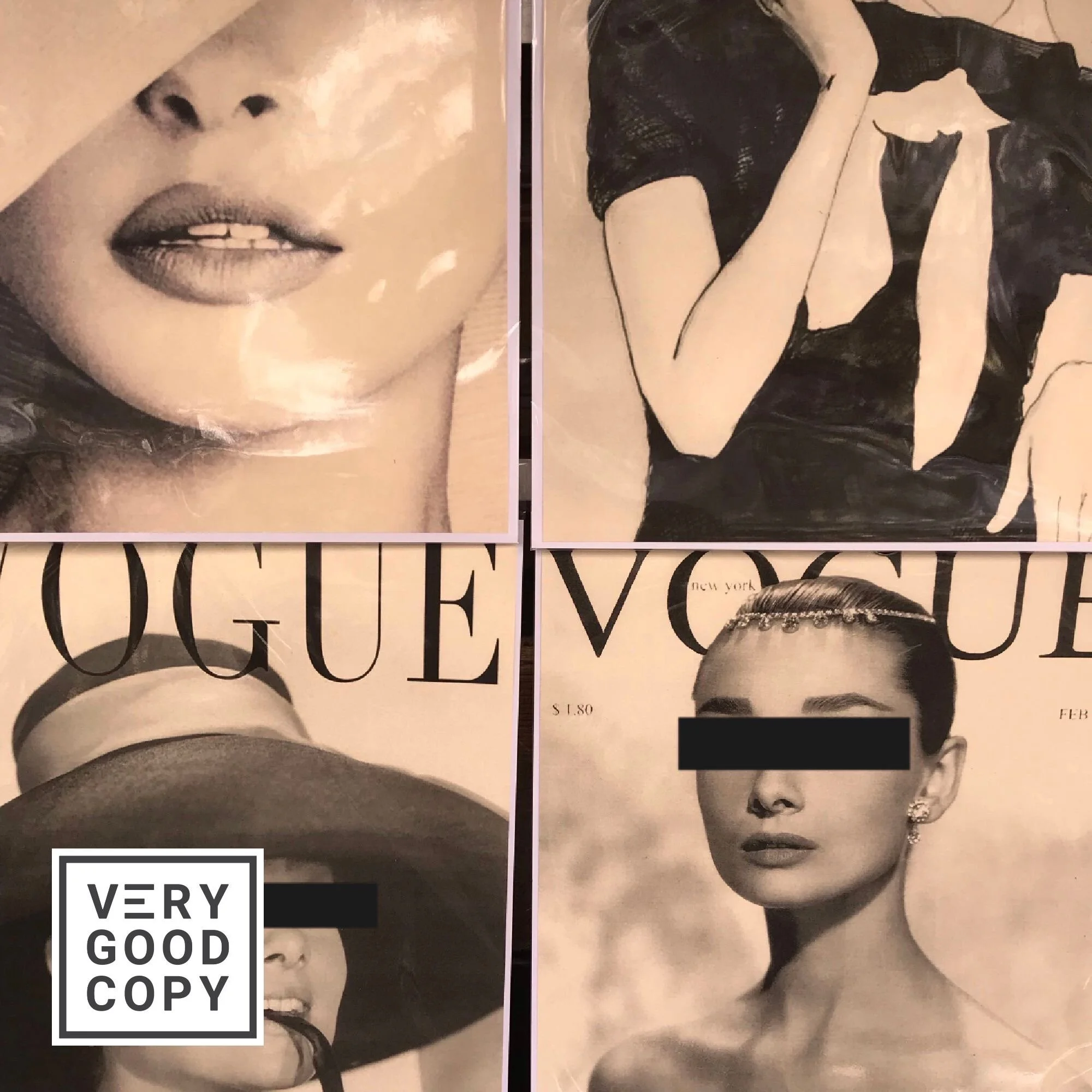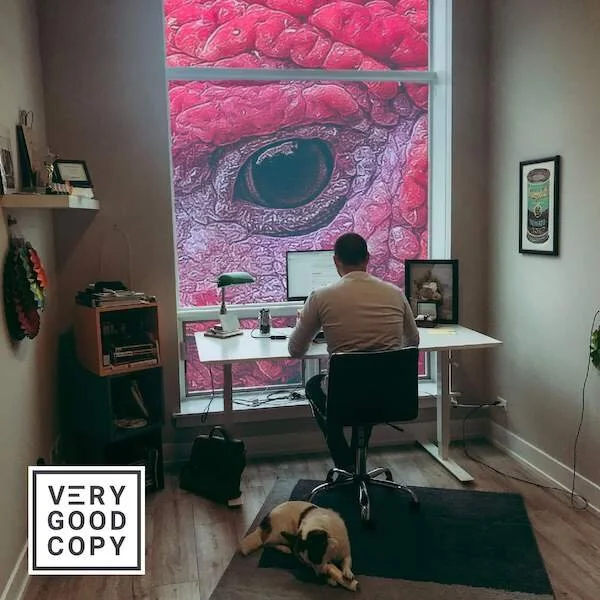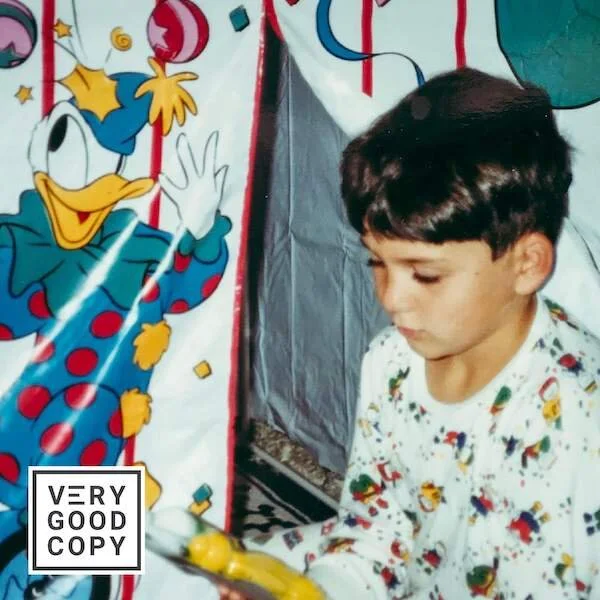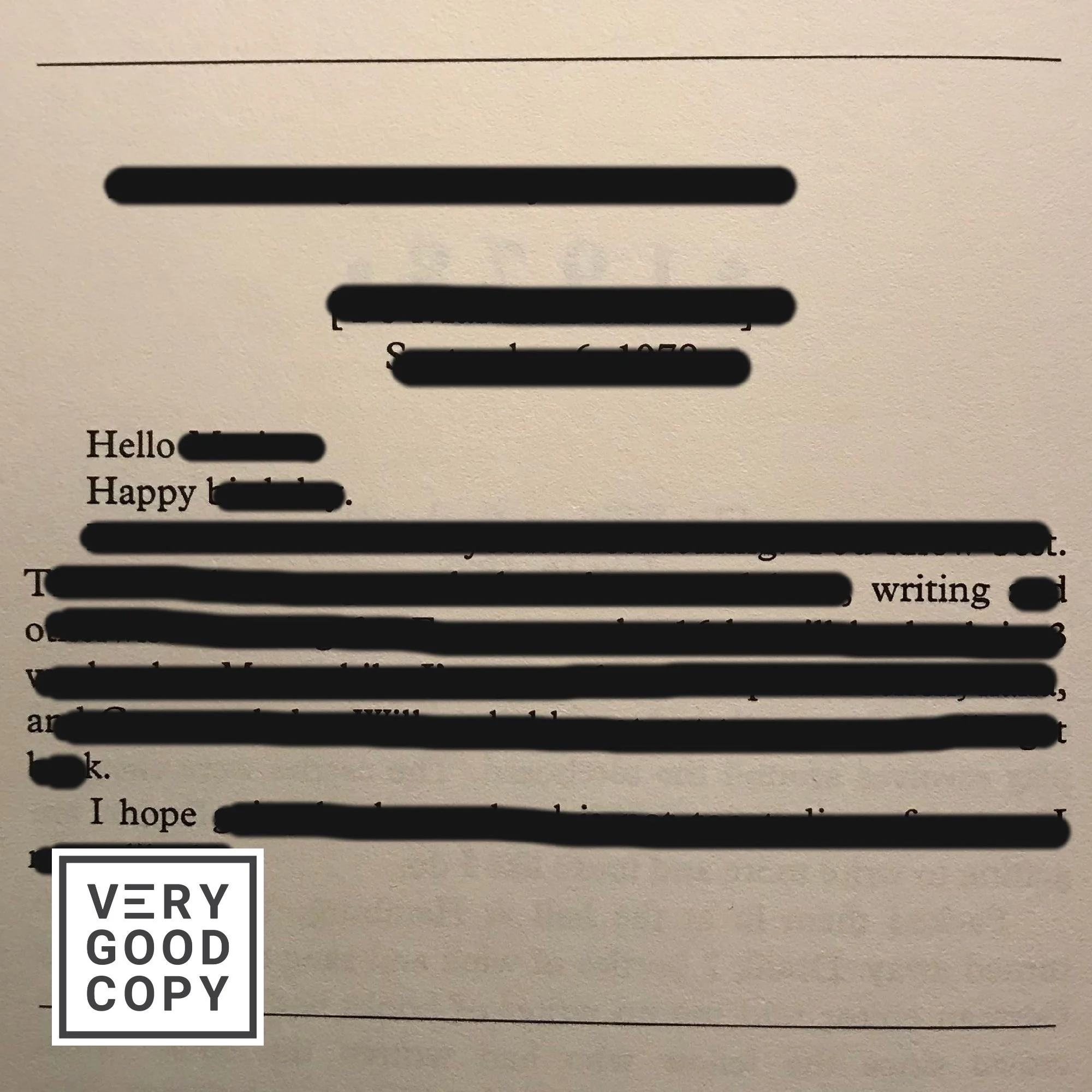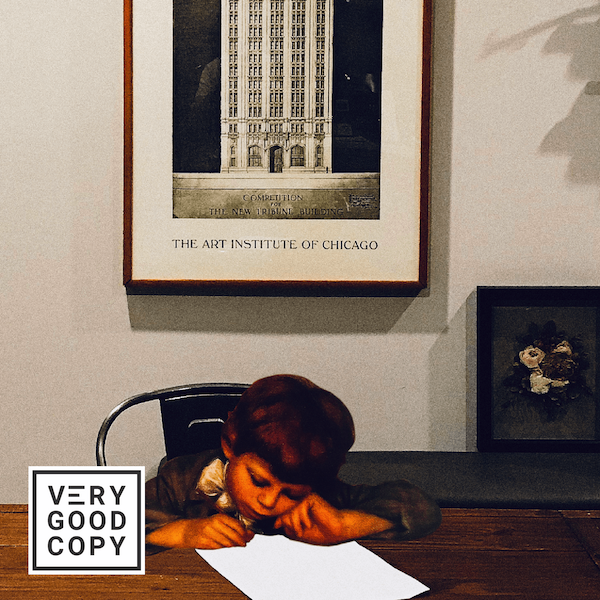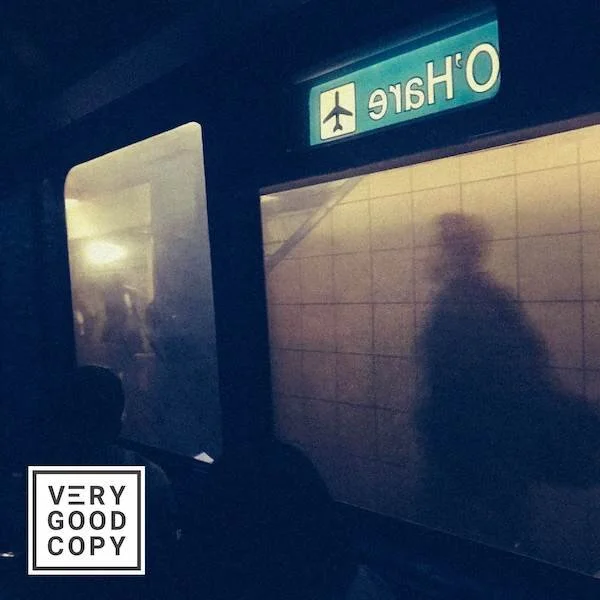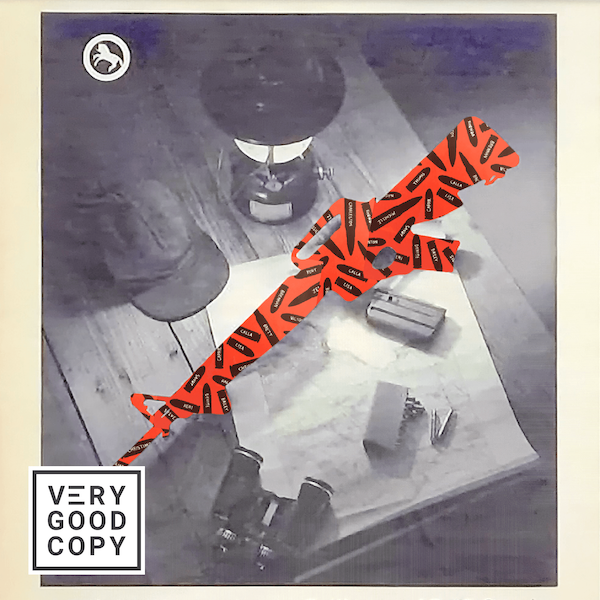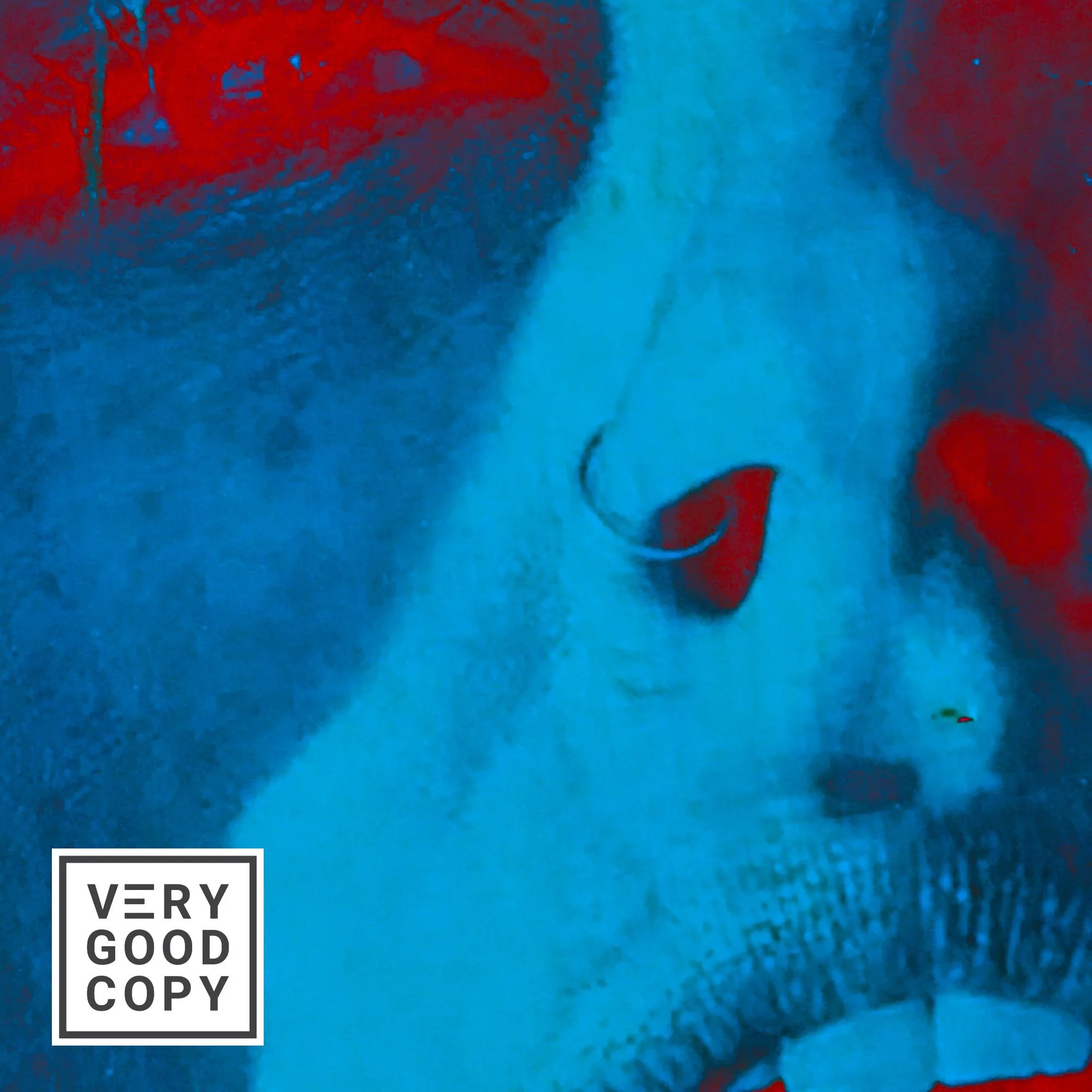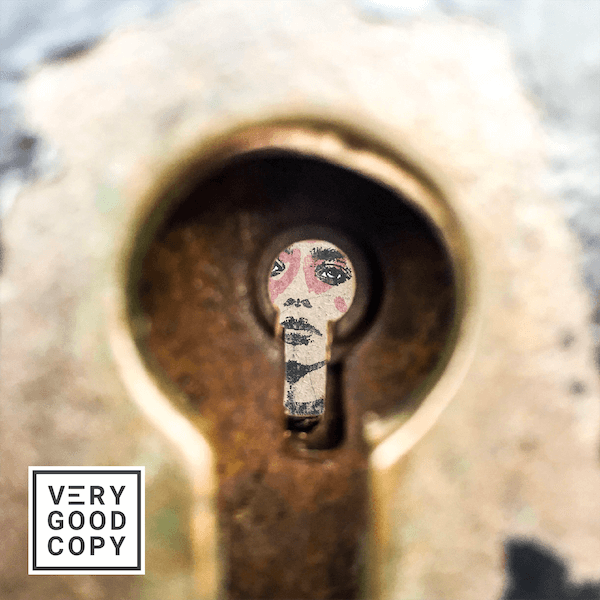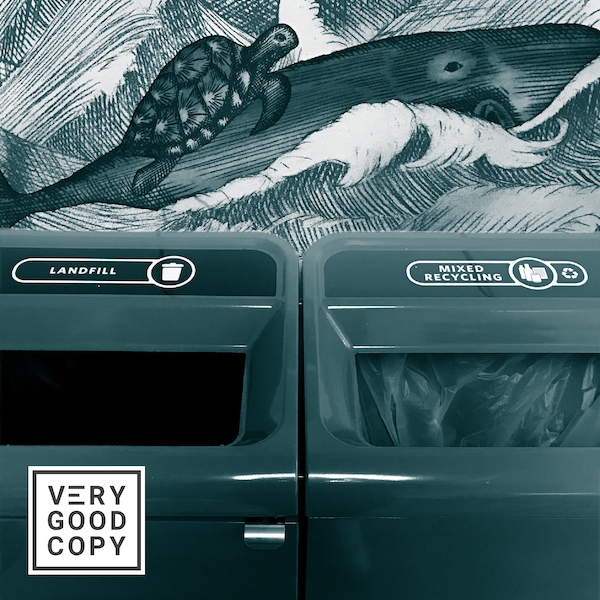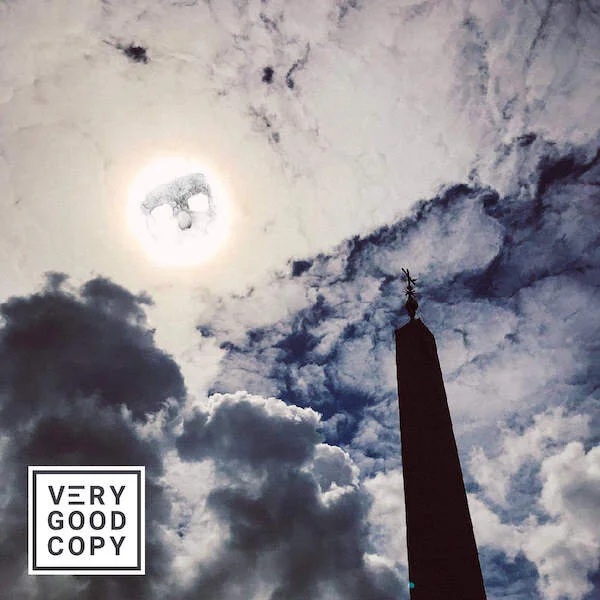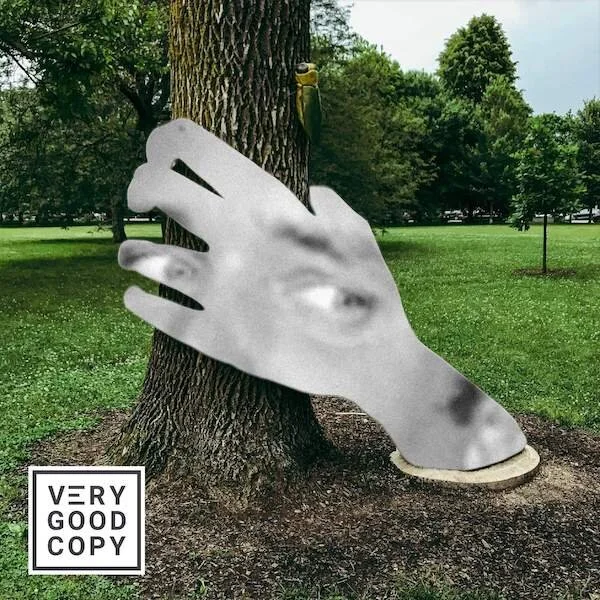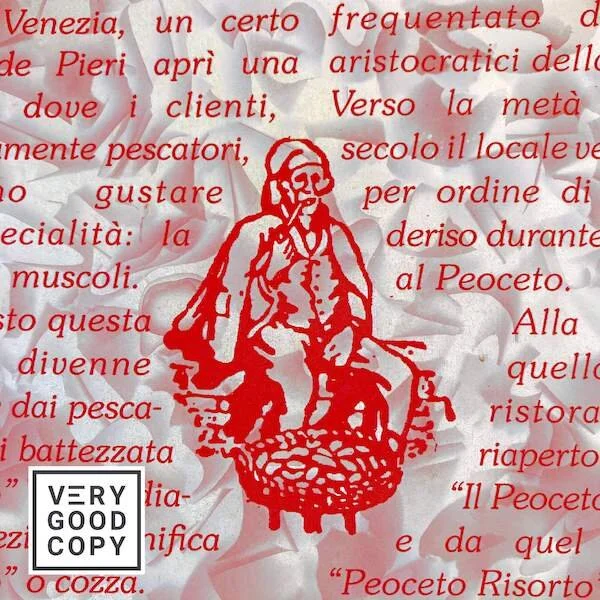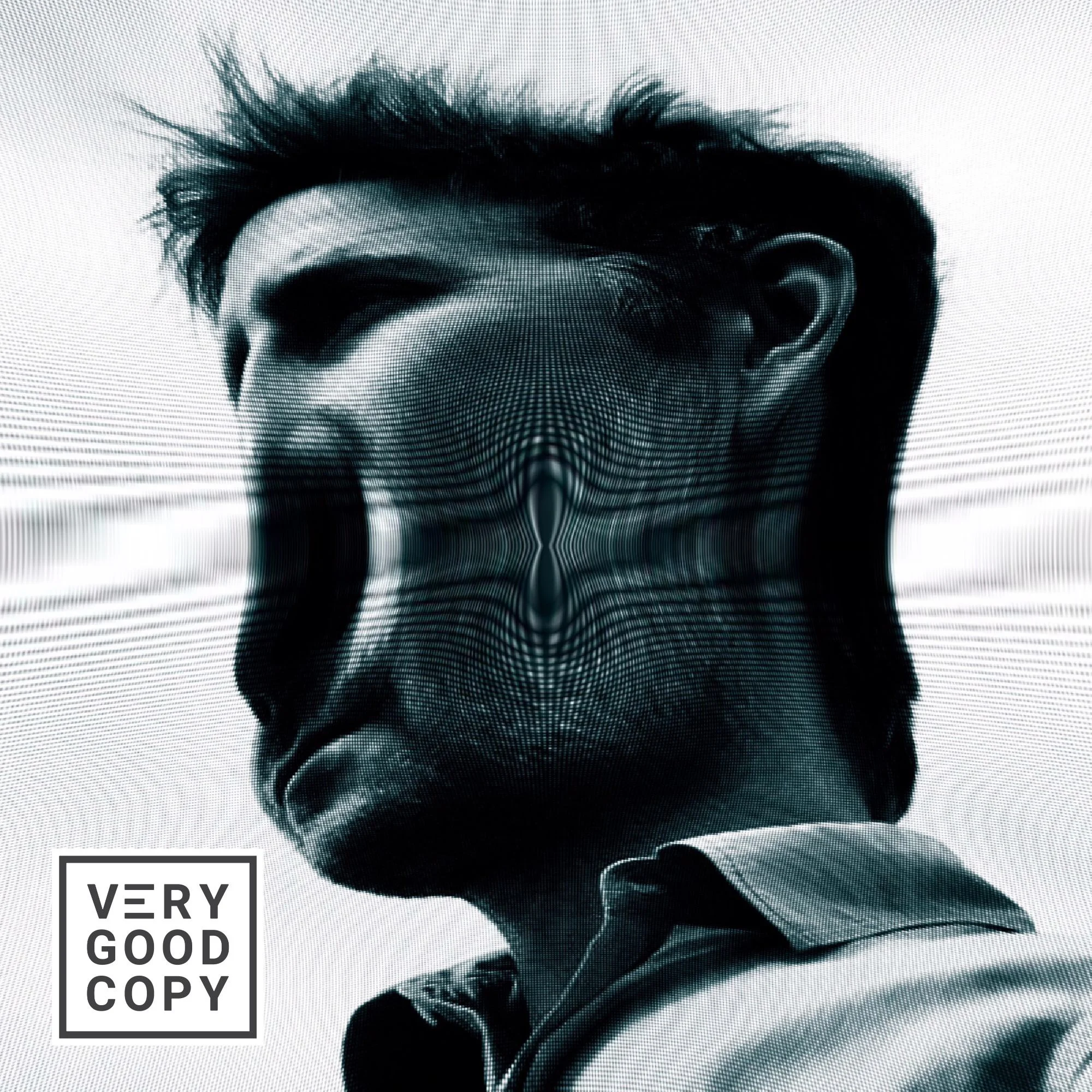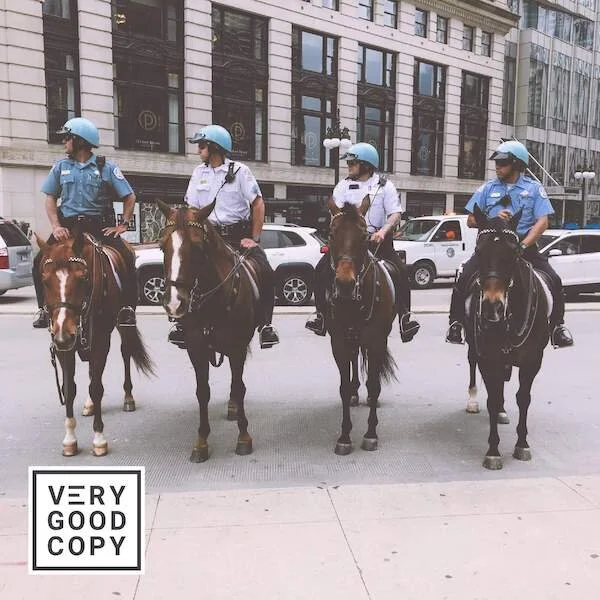![VeryGoodCopy [Small].png](https://images.squarespace-cdn.com/content/v1/5615edeae4b0b9df5c3d6e90/1563142934590-RN5BS9IA31V827B1UTN1/VeryGoodCopy+%5BSmall%5D.png)
“I’m sorry,” said the man.
He was one of a dozen people in a focus group trying a new drink. It was 1986.

“I’m sorry but that tastes vile,” he said. The other participants nodded. “What the hell is it?”
“It’s called Red Bull,” said the researcher leading the group. “It’s an energy drink.”
“Red Bull?” said the man, perplexed. “I wouldn’t drink it again if you paid me to.”
Meanwhile, Dietrich Mateschitz looked on through double-sided glass.
Mateschitz was an Austrian marketer for a toothpaste company. He created Red Bull in 1984 after a trip to Bangkok, where he discovered a similar drink called Krating Daeng.
Krating Daeng was an Asian energy tonic. It was full of caffeine, sugar, B-vitamins, taurine, and a carbohydrate called glucuronolactone. Rickshaw drivers used it to stay awake. Krating Daeng didn’t taste good — it was thick and impossibly sweet — but it did work. It helped people stay alert and focused.
Mateschitz saw an opportunity…
He was going to sell Krating Daeng in Europe. But to do so, he needed to rebrand the product in a way that appealed to Westerners…
A way that captured attention.
A way that created interest and desire.
A way that compelled action.
![VeryGoodCopy [Small].png](https://images.squarespace-cdn.com/content/v1/5615edeae4b0b9df5c3d6e90/1563143510651-9LM8NVPLE0F14OIIFCEU/VeryGoodCopy+%5BSmall%5D.png)
JOIN THOUSANDS OF SUBSCRIBERS
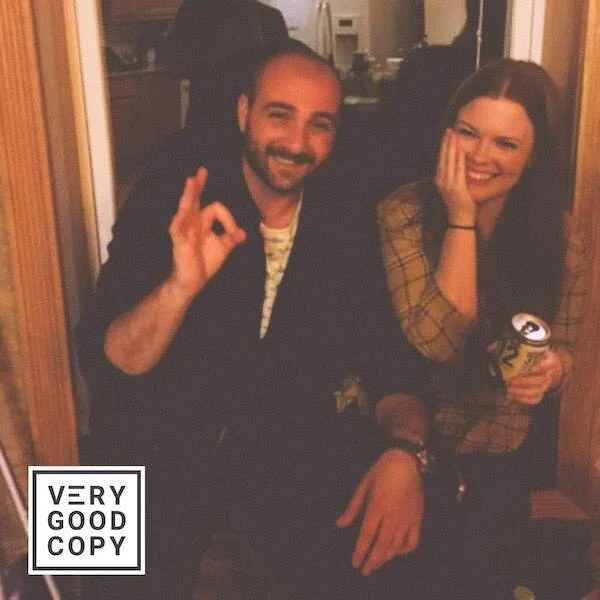
Mateschitz got to work.
He hired a branding agency that helped him craft:
The package: a thin, small aluminum can. It was different, so it stood out on the shelf. [ATTENTION]
The logo: two muscular, charging red bulls against a yellow sun. This image evoked vitality, strength, perseverance. [INTEREST]
The tagline: Red Bull gives you wiiings. This phrase put a distinct, memorable, compelling image in the reader’s mind. [DESIRE]
The strategy: at more than twice the average cost of a soda, Red Bull was expensive. The premium price gave it allure. [ACTION]
The process took time, a couple of years. It seemed all the pieces were in place but when Mateschitz finally commissioned a focus group, it didn’t go well…
“I’m sorry,” said the researcher.
“I’m sorry but I’ve never seen a product fail this badly,” he told Mateschitz.
But the entrepreneur wasn’t discouraged. He knew he wasn’t selling taste. He was selling energy! In fact, Red Bull had found a market in Europe’s clubs and bars, where people mixed it with vodka to stay up.
People drank Red Bull for the effect.
Mateschitz saw another opportunity…
Enter: The Red Bull Dolomitenmann

On your desktop? Look left!
On your phone? Look down!
Billed as The World’s Toughest Relay Race, The Dolomitenmann was a combination of running, paragliding, kayaking, and mountain biking. It was brutal, and new, and entertaining. Millions across Europe watched it on TV.
Mateschitz sponsored the event, slapping the Red Bull logo on the equipment. The strategy worked. The race linked Red Bull to the hallmarks of extreme sports: vitality, energy, pushing the limits. And the message became clear: Red Bull is a tool.
Mateschitz continued to sponsor extreme sports until the drink, eventually, transcended the club scene and found a market around the world. Today, he’s worth $20 billion.
What does your product do?
Attach that function to something similar, and popular — and it will tell your product’s story with amazing efficiency.
— — —
AUTHOR’S NOTE: This article was inspired by an episode of Business Wars, a podcast I’d recommend to anyone interested in marketing case studies.
I edited their narrative for brevity and structure, adding some copywriting color along the way.
LEARN TO PERSUADE
![VeryGoodCopy [Small].png](https://images.squarespace-cdn.com/content/v1/5615edeae4b0b9df5c3d6e90/1563143748733-KOQ9H33EBDXS2AG7HR15/VeryGoodCopy+%5BSmall%5D.png)
WRITE BETTER.
MARKET BETTER.
SELL MORE.
COMMENT BELOW
Judge not lest ye be judged.


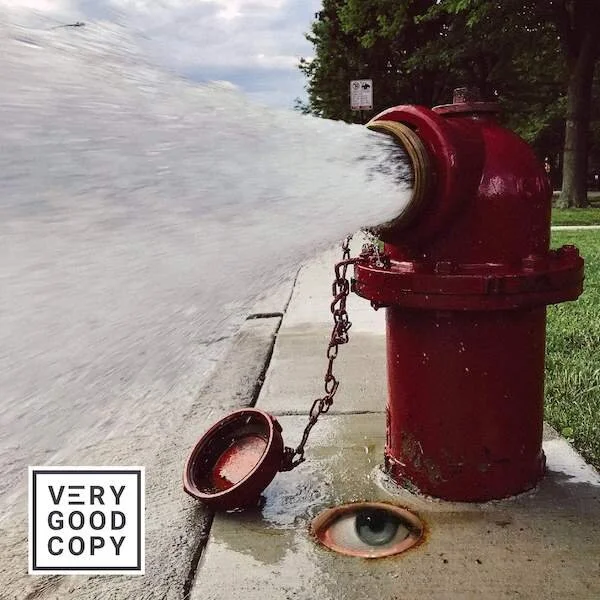
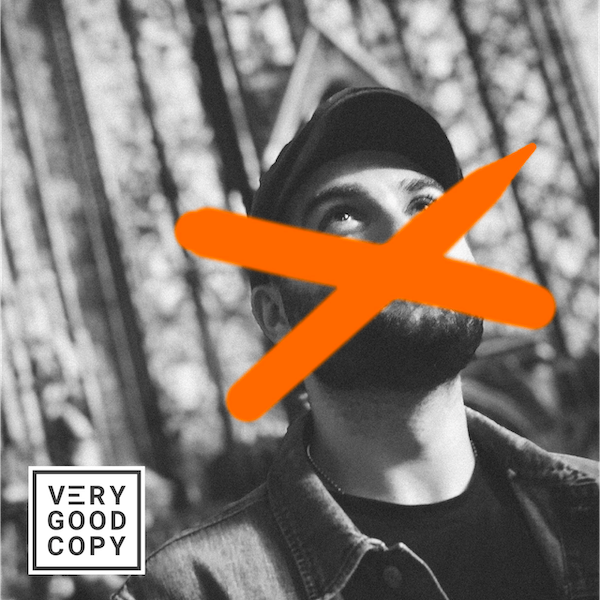
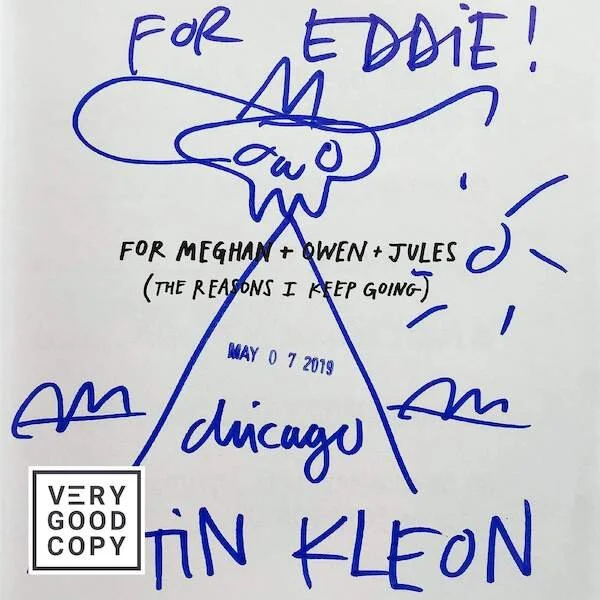
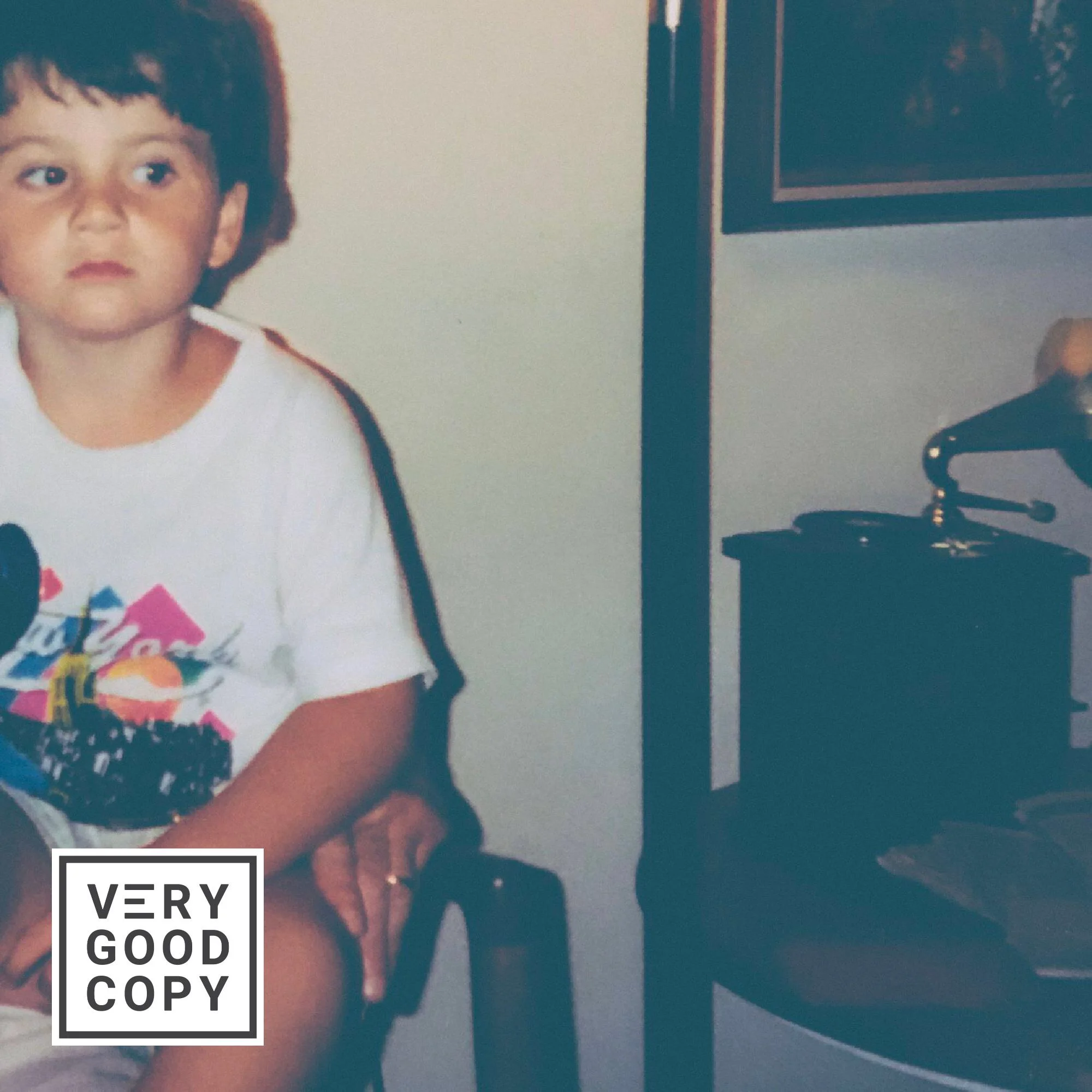




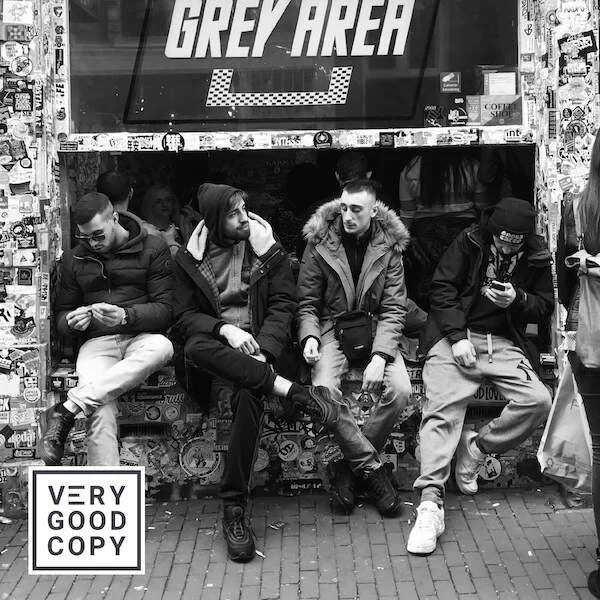
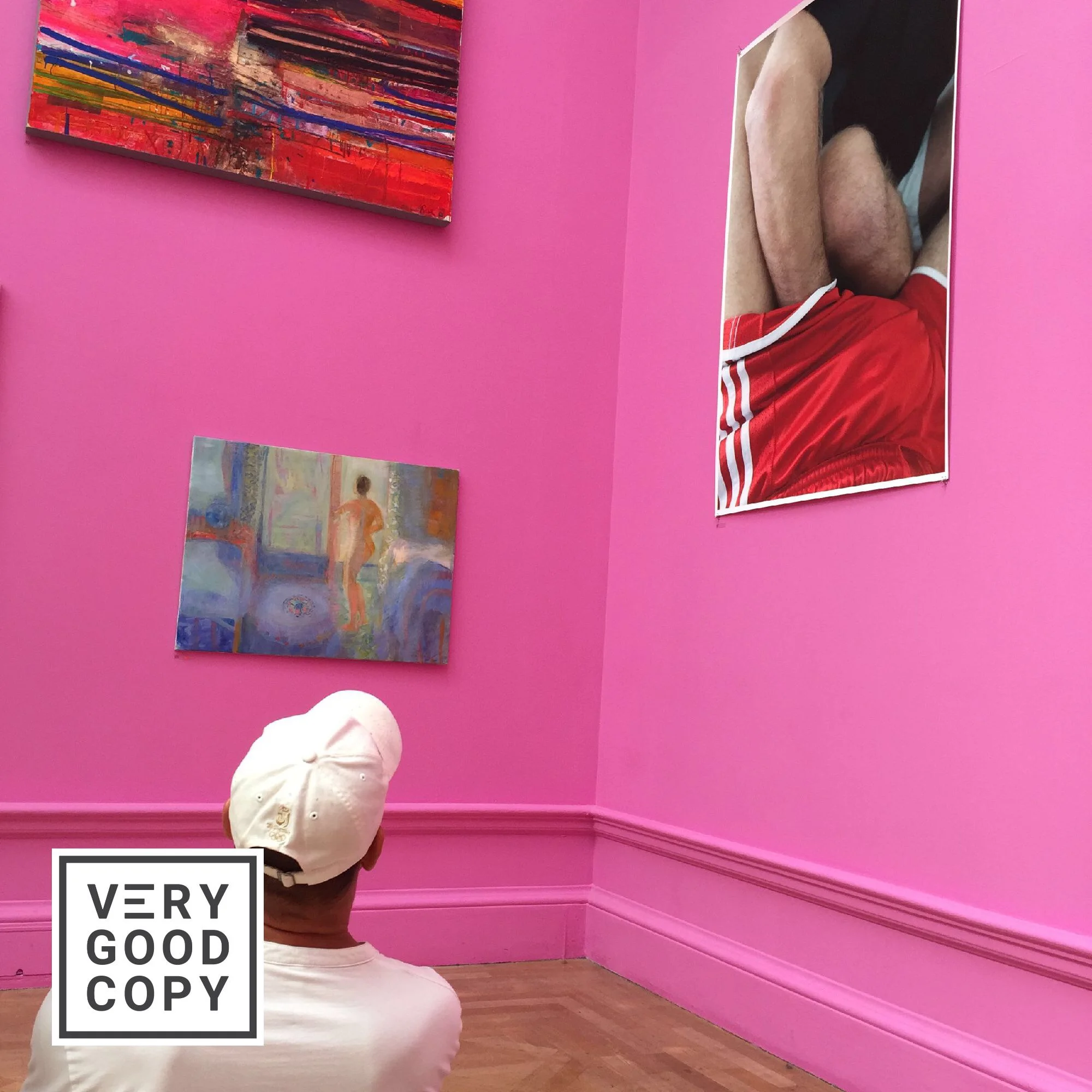
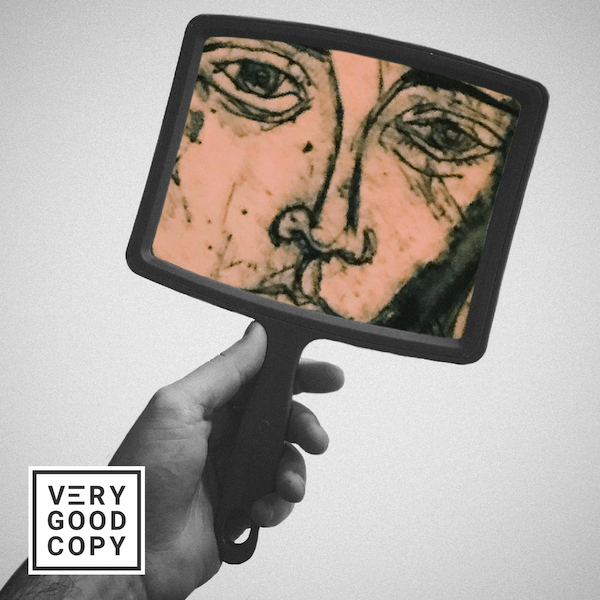
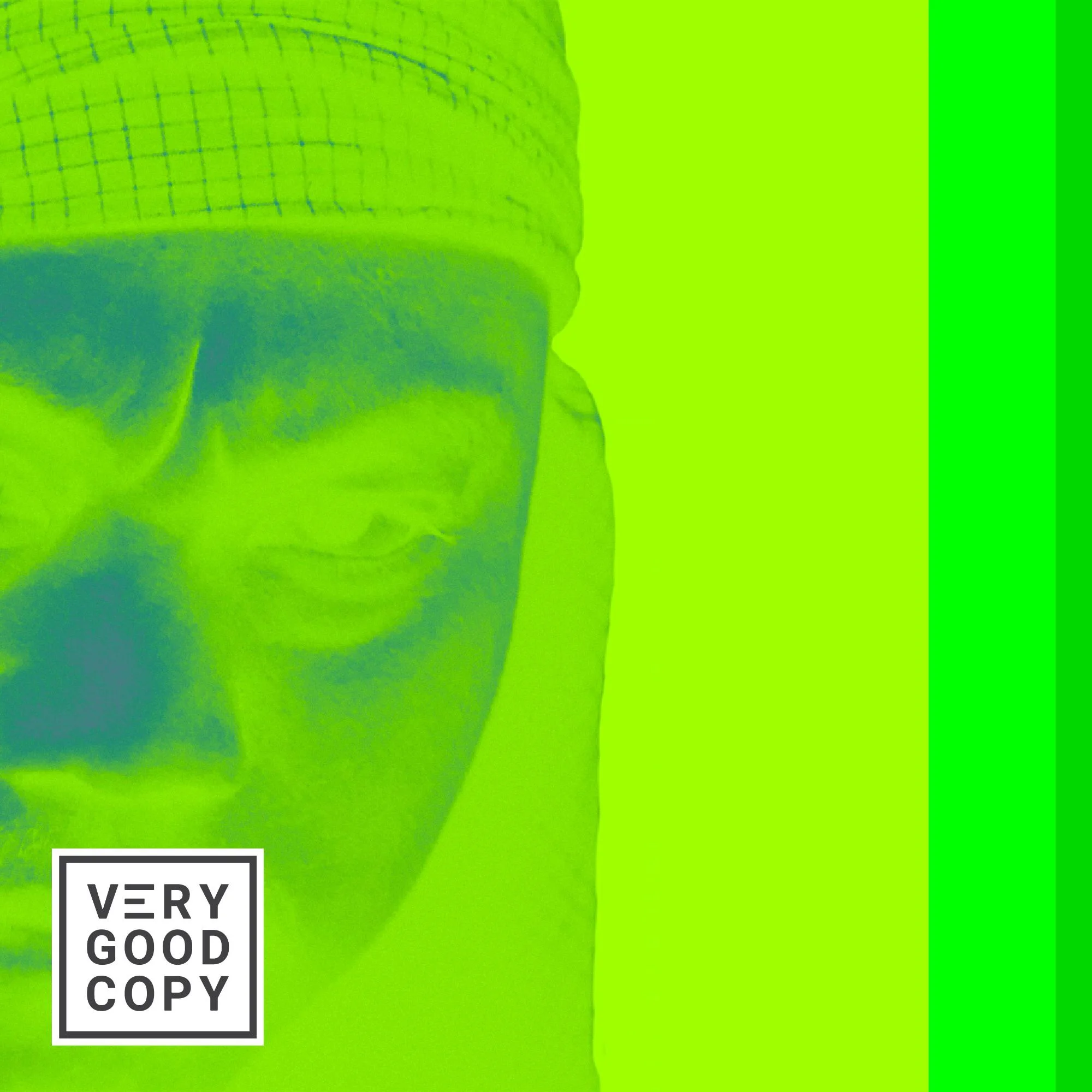


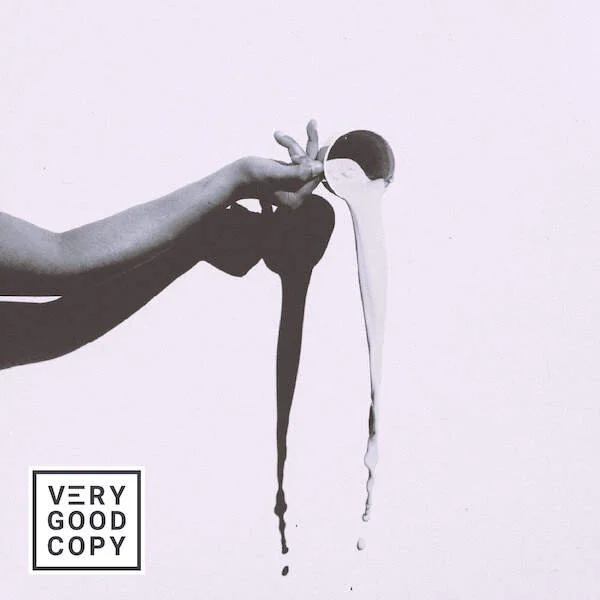

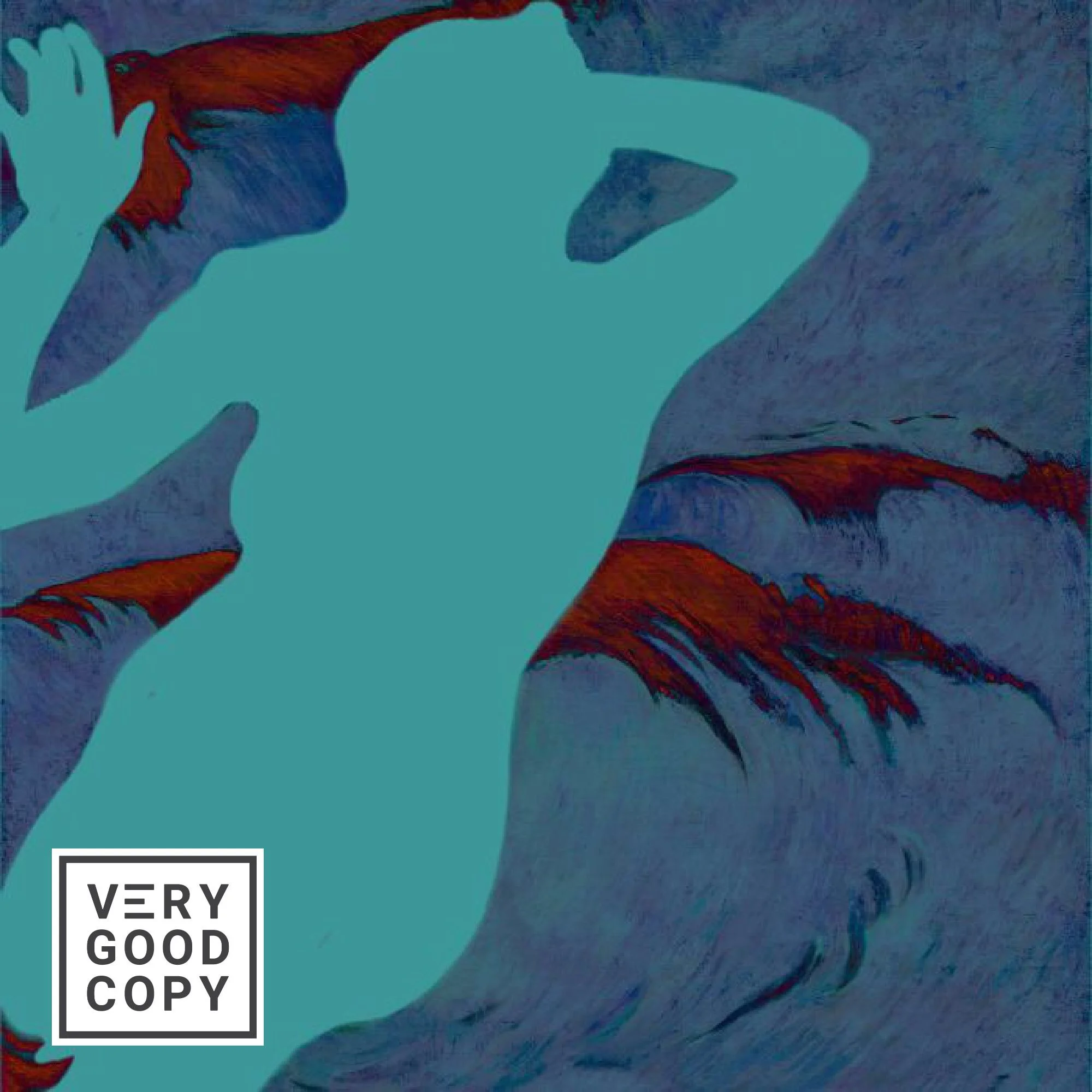
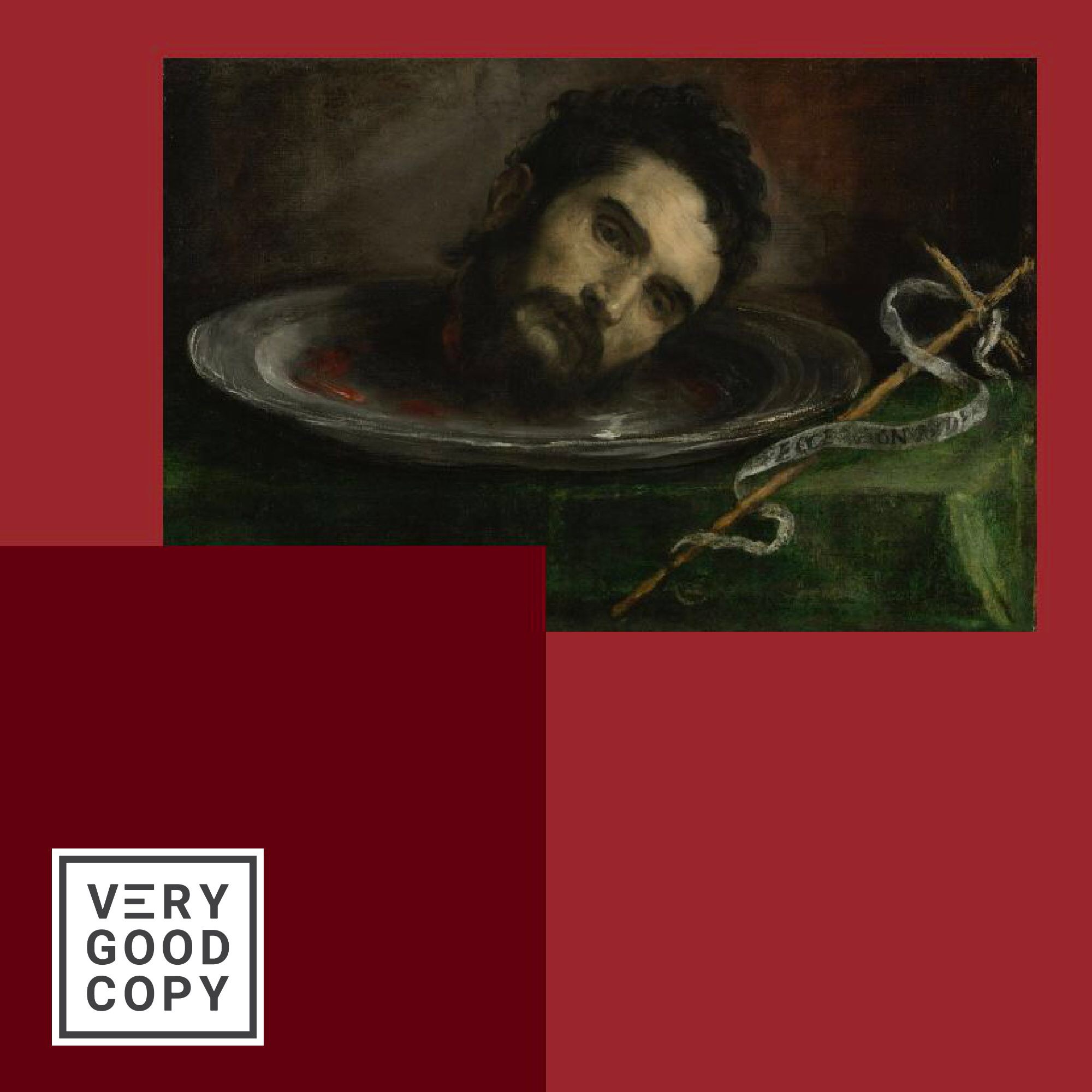


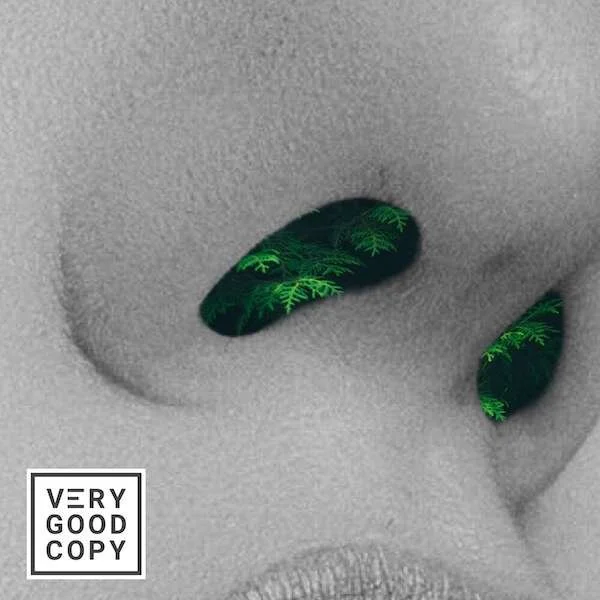
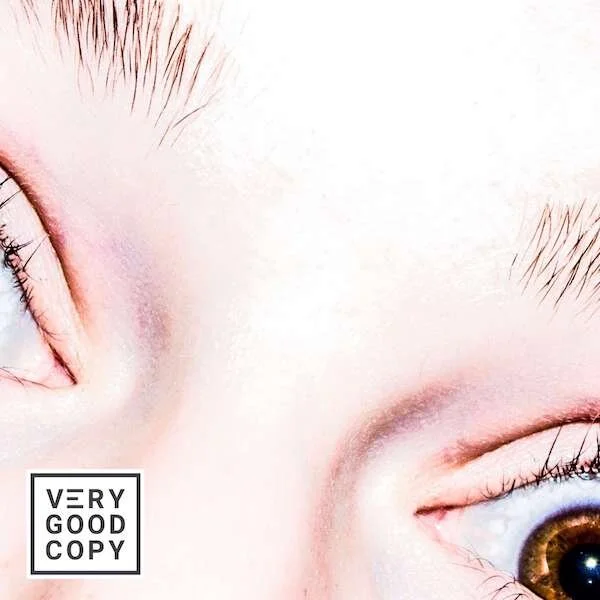
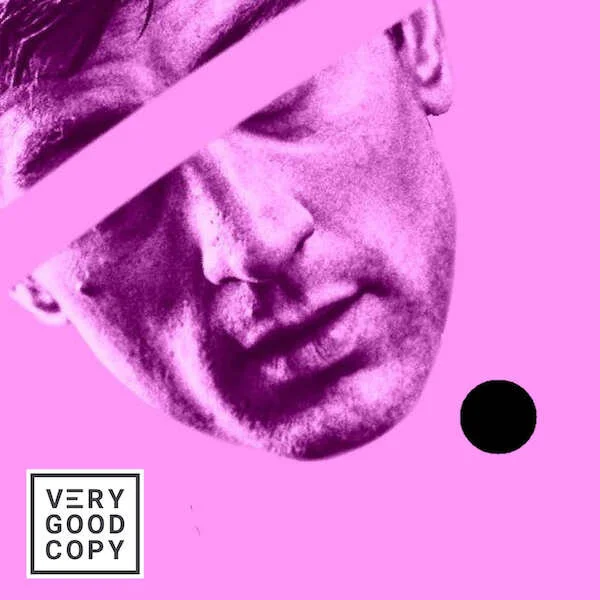




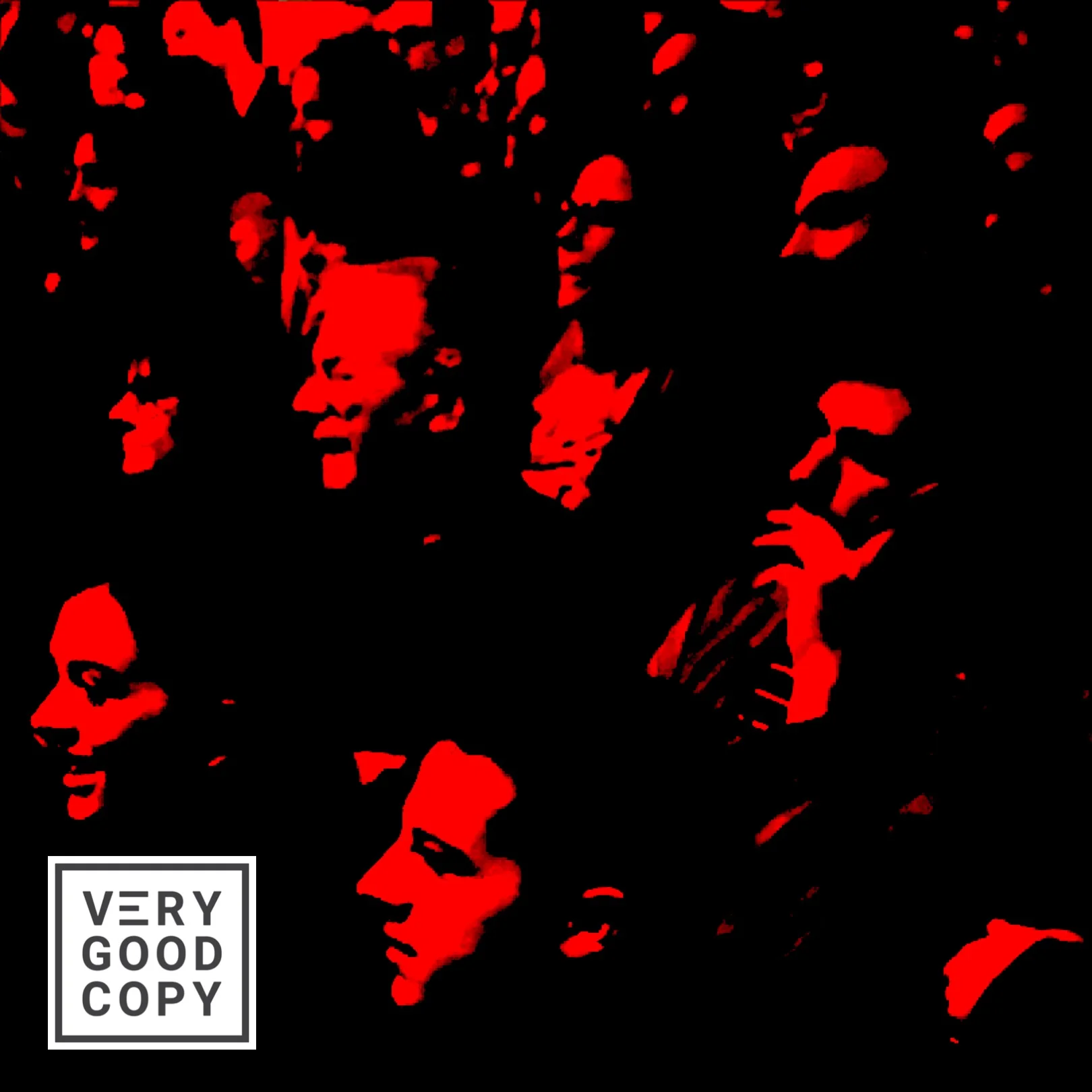
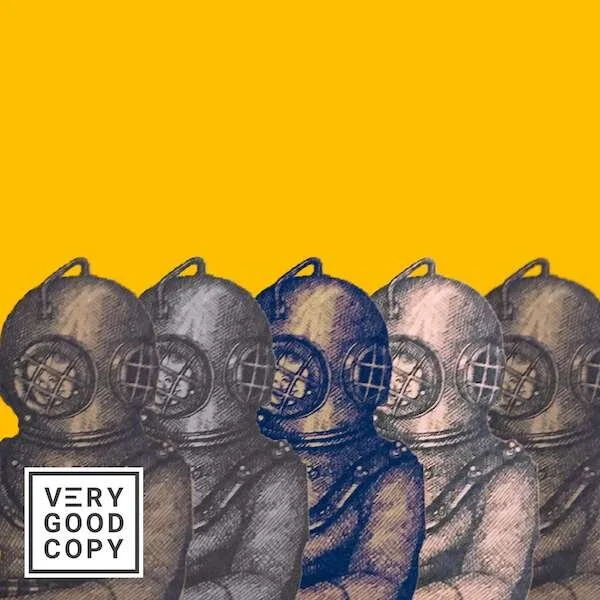


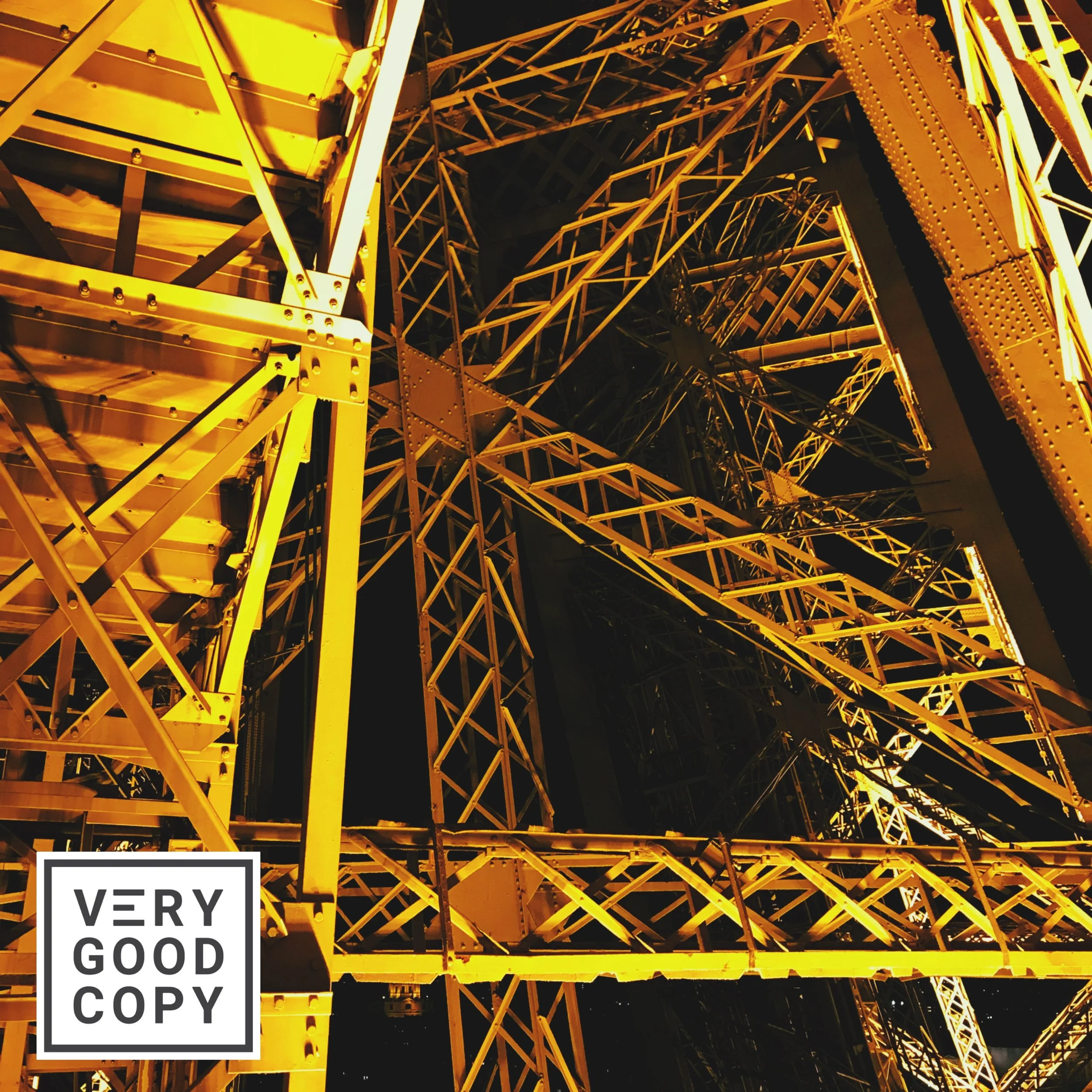



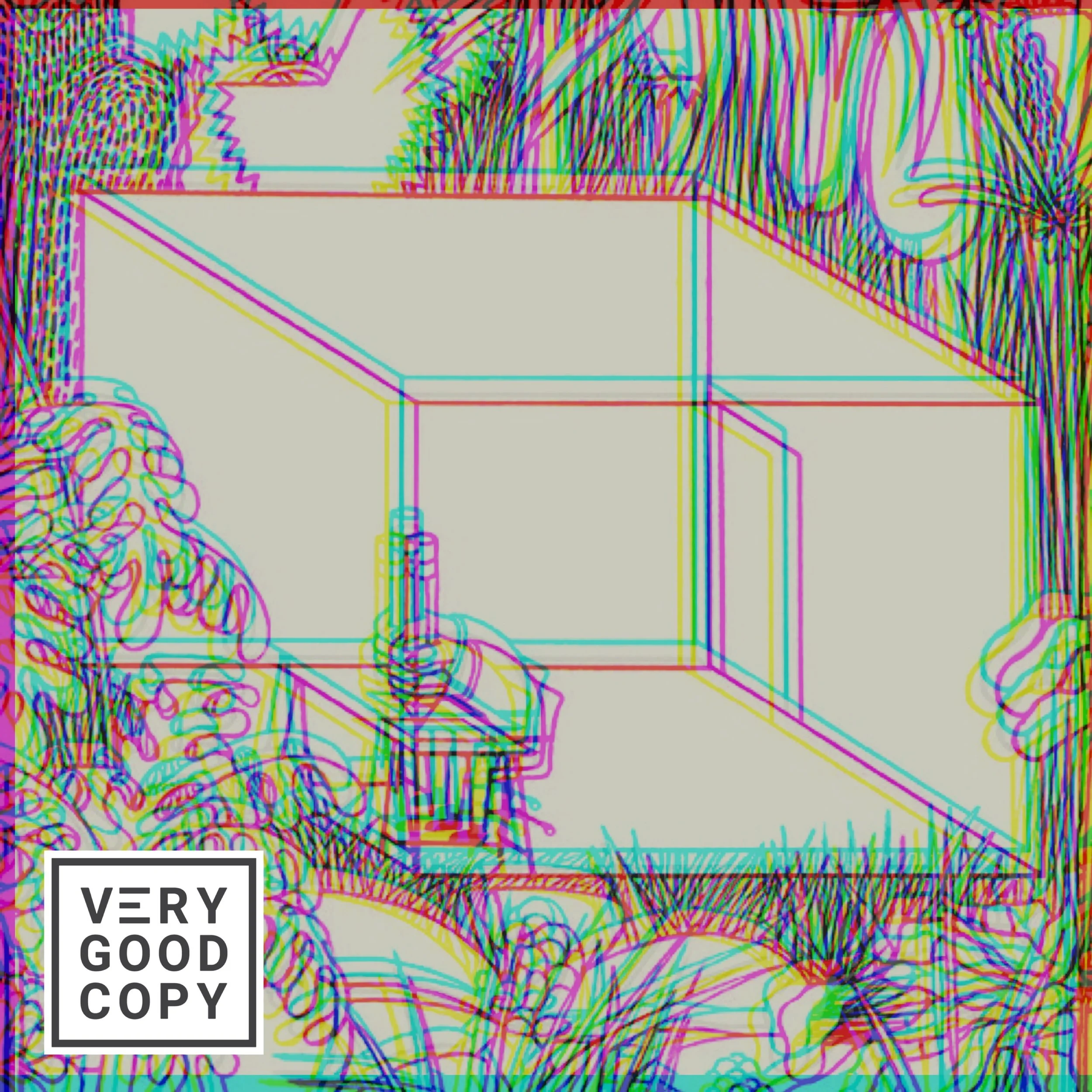
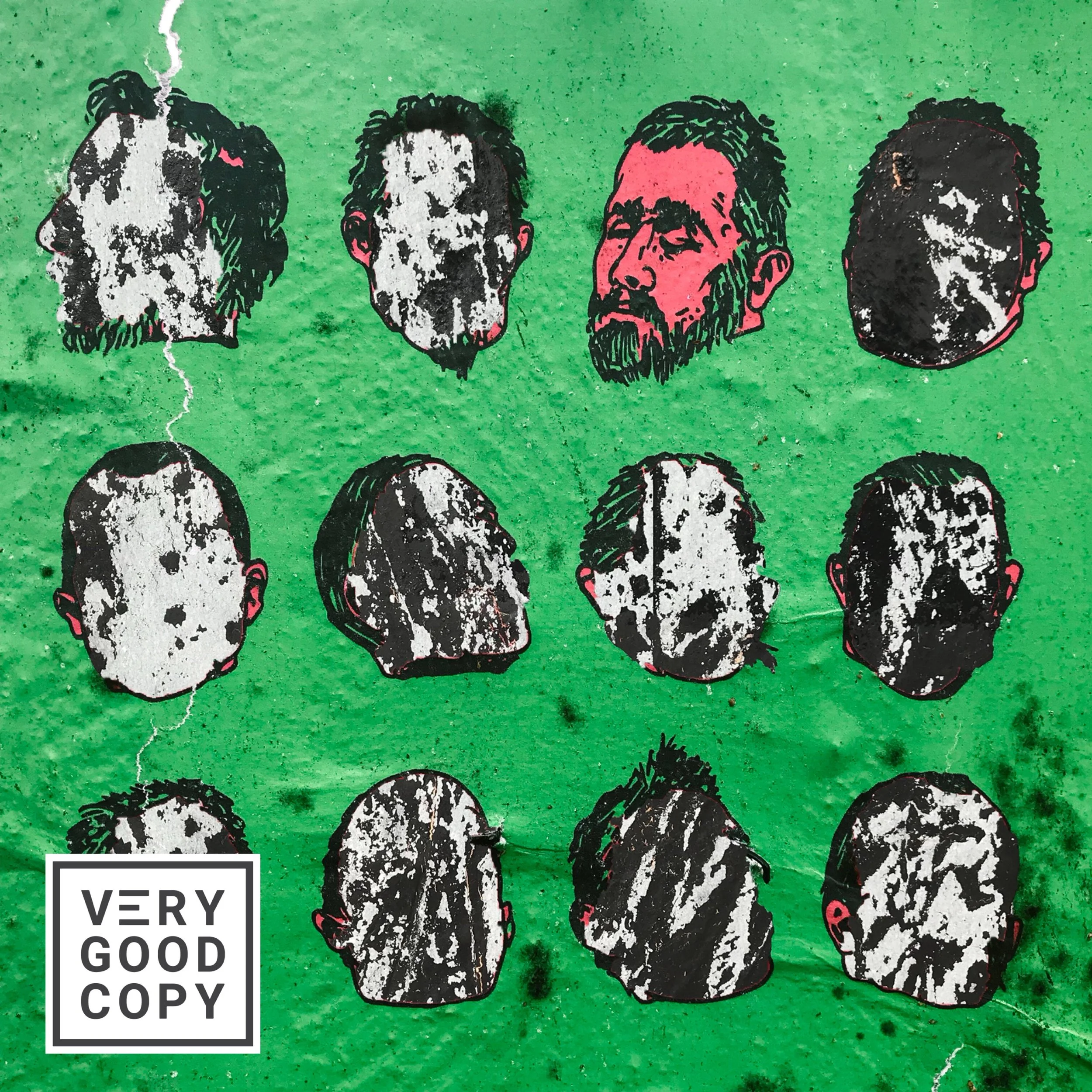

![How copywriters put prospects in the buying mood [quick trick]](https://images.squarespace-cdn.com/content/v1/5615edeae4b0b9df5c3d6e90/1533095575515-C2JPAZA3C46IBX00EMM8/Put+prospects+in+the+buying+mood+%5BVGC+art%5D.JPG)



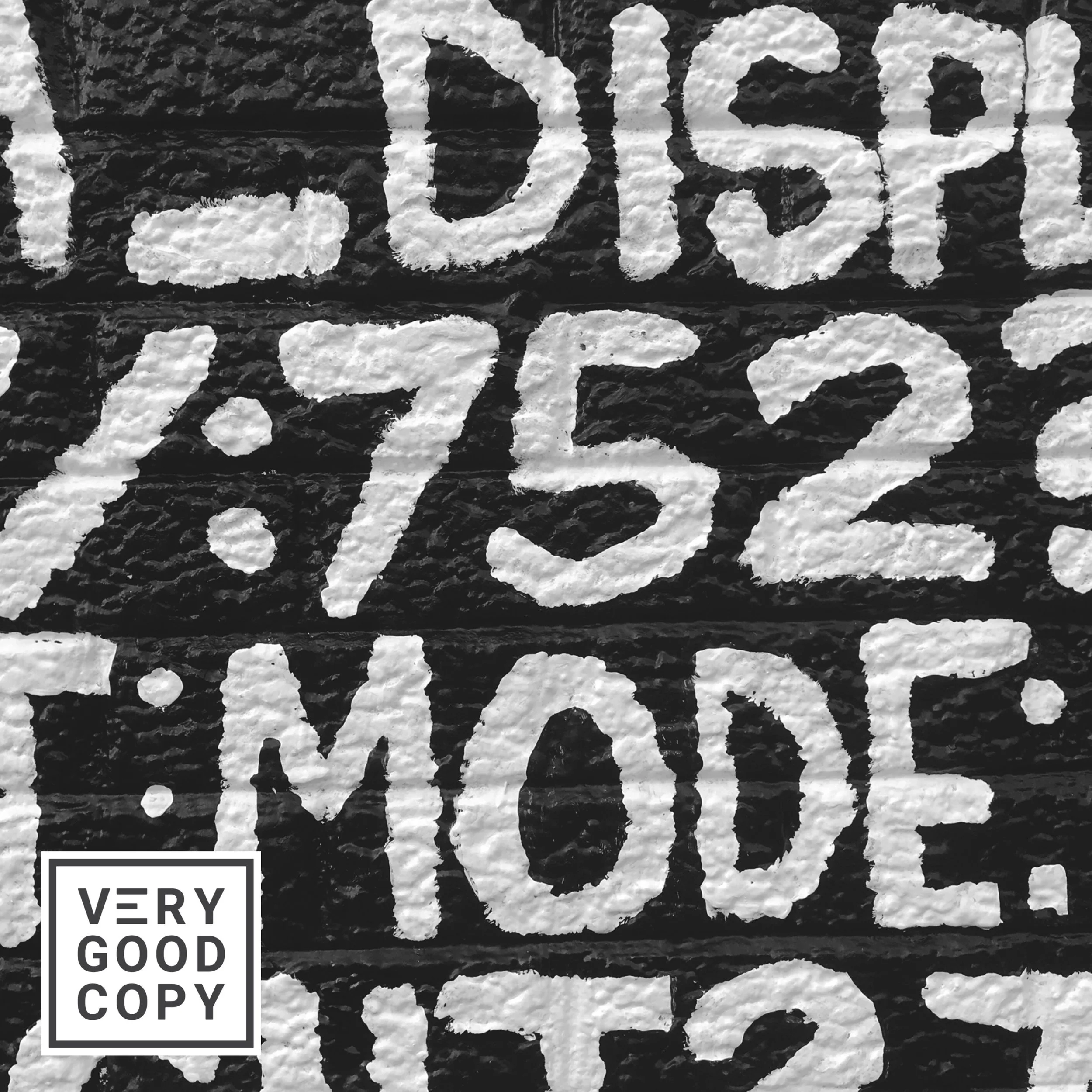





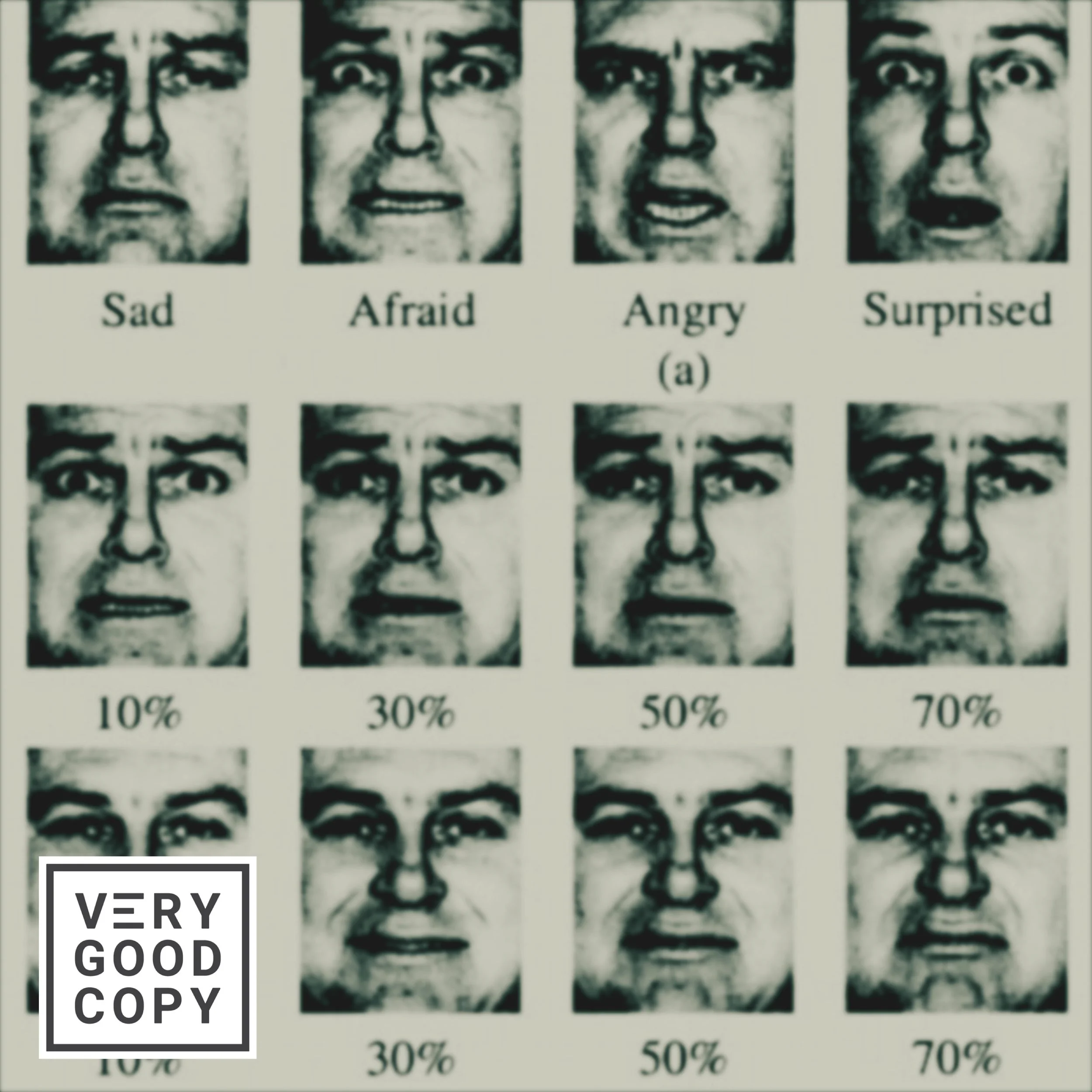






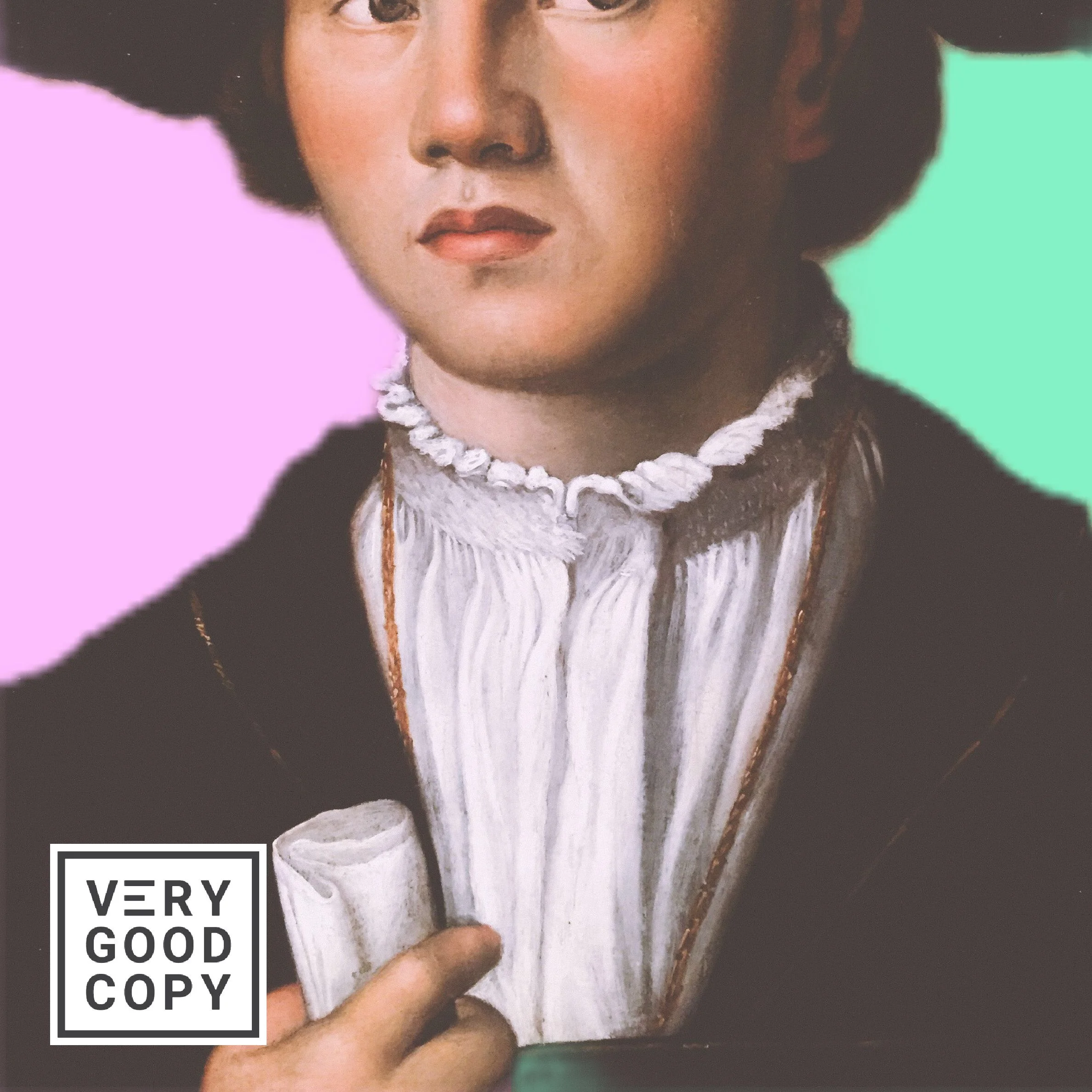


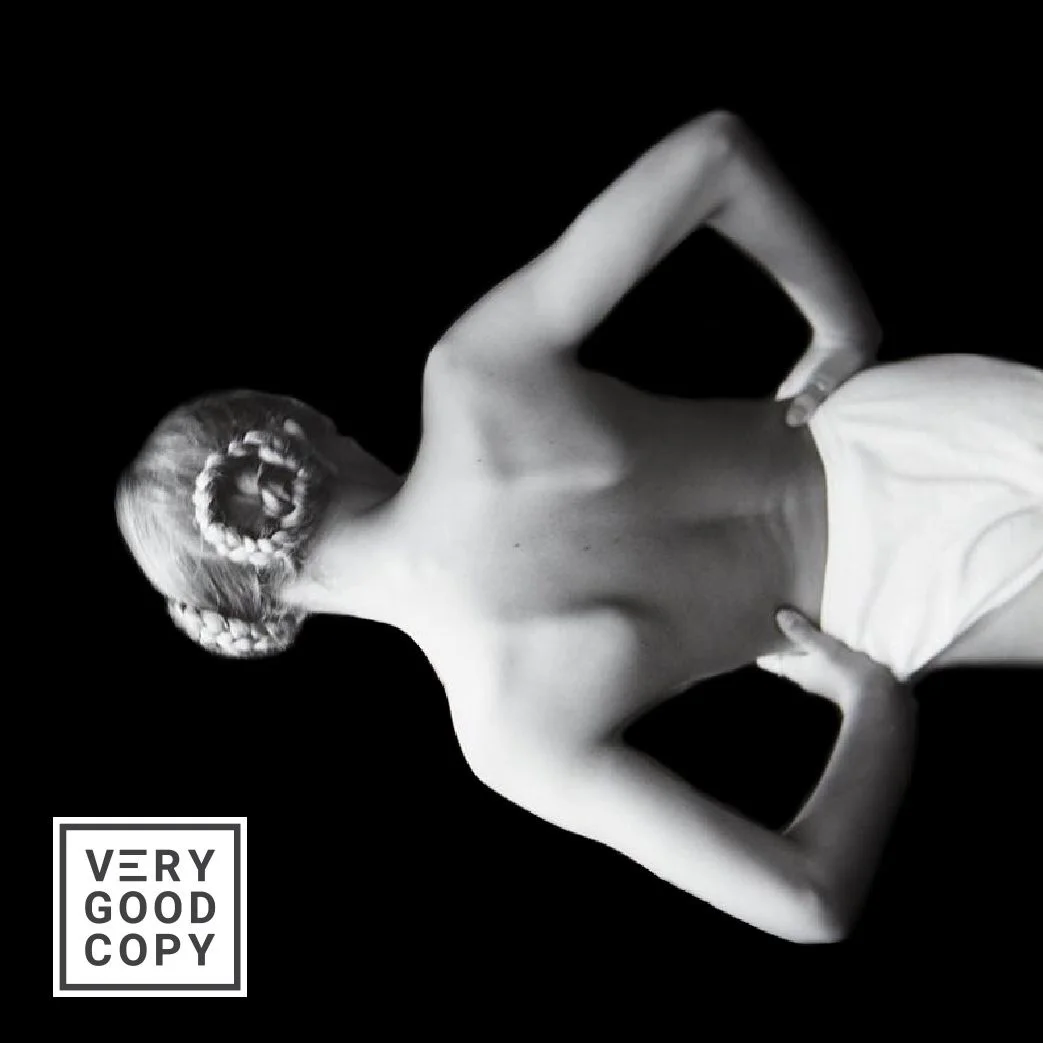

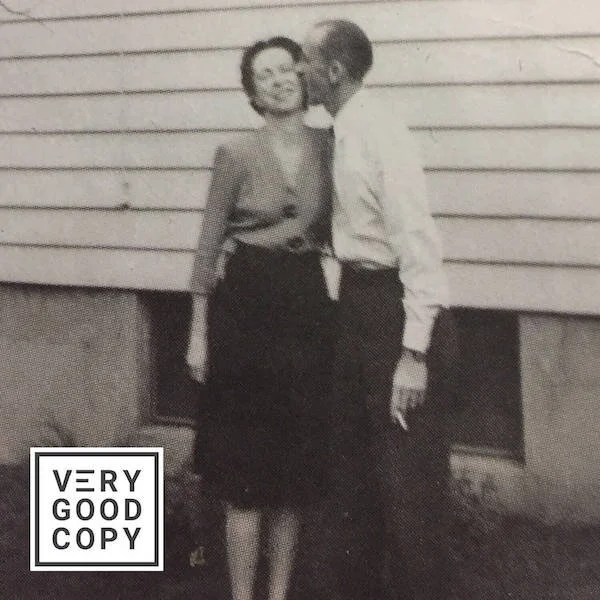
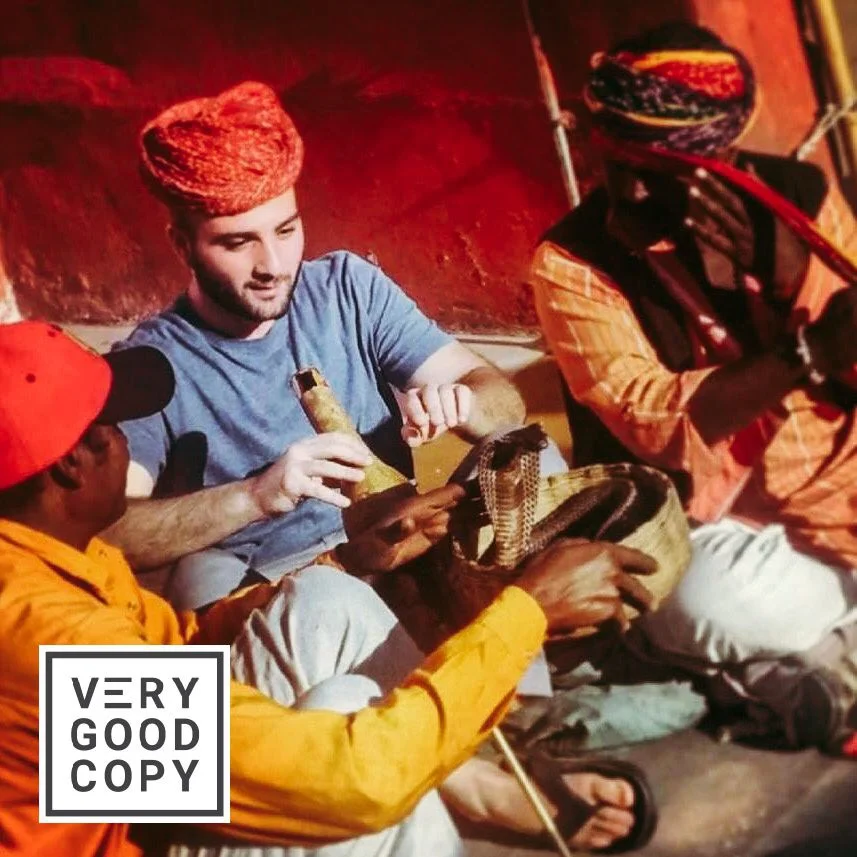
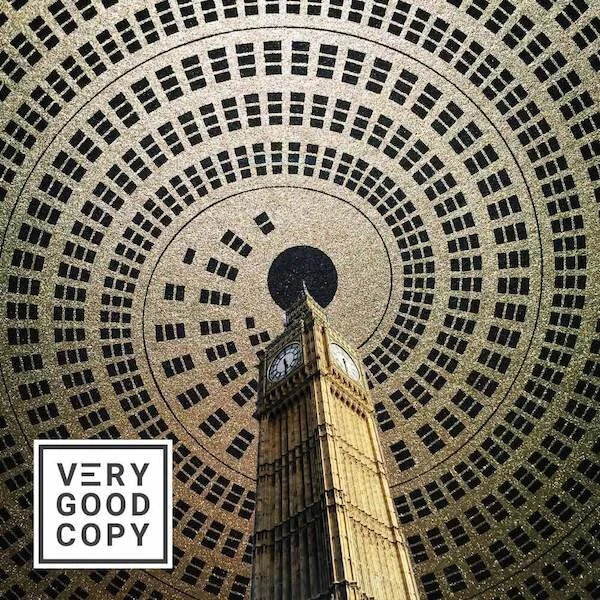
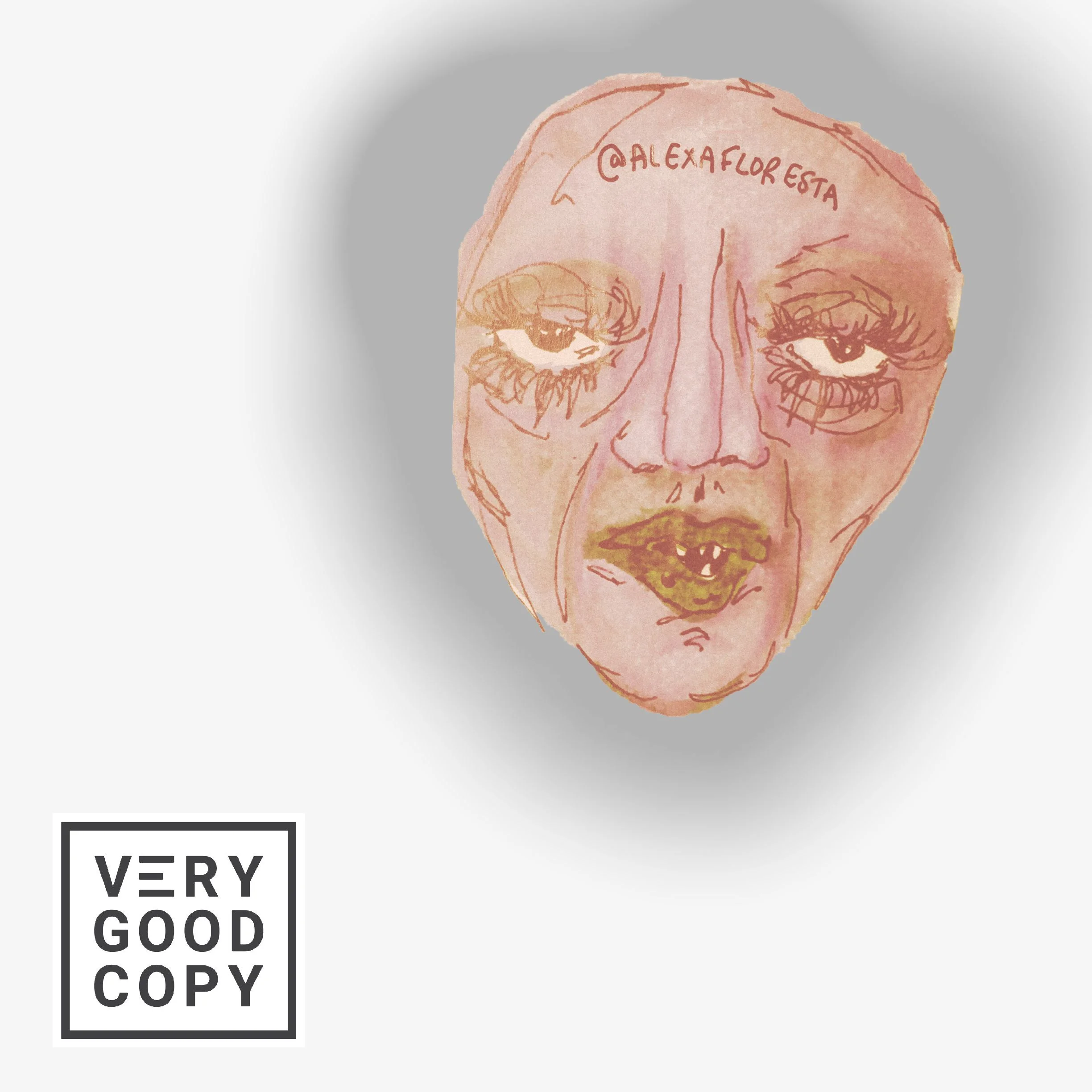
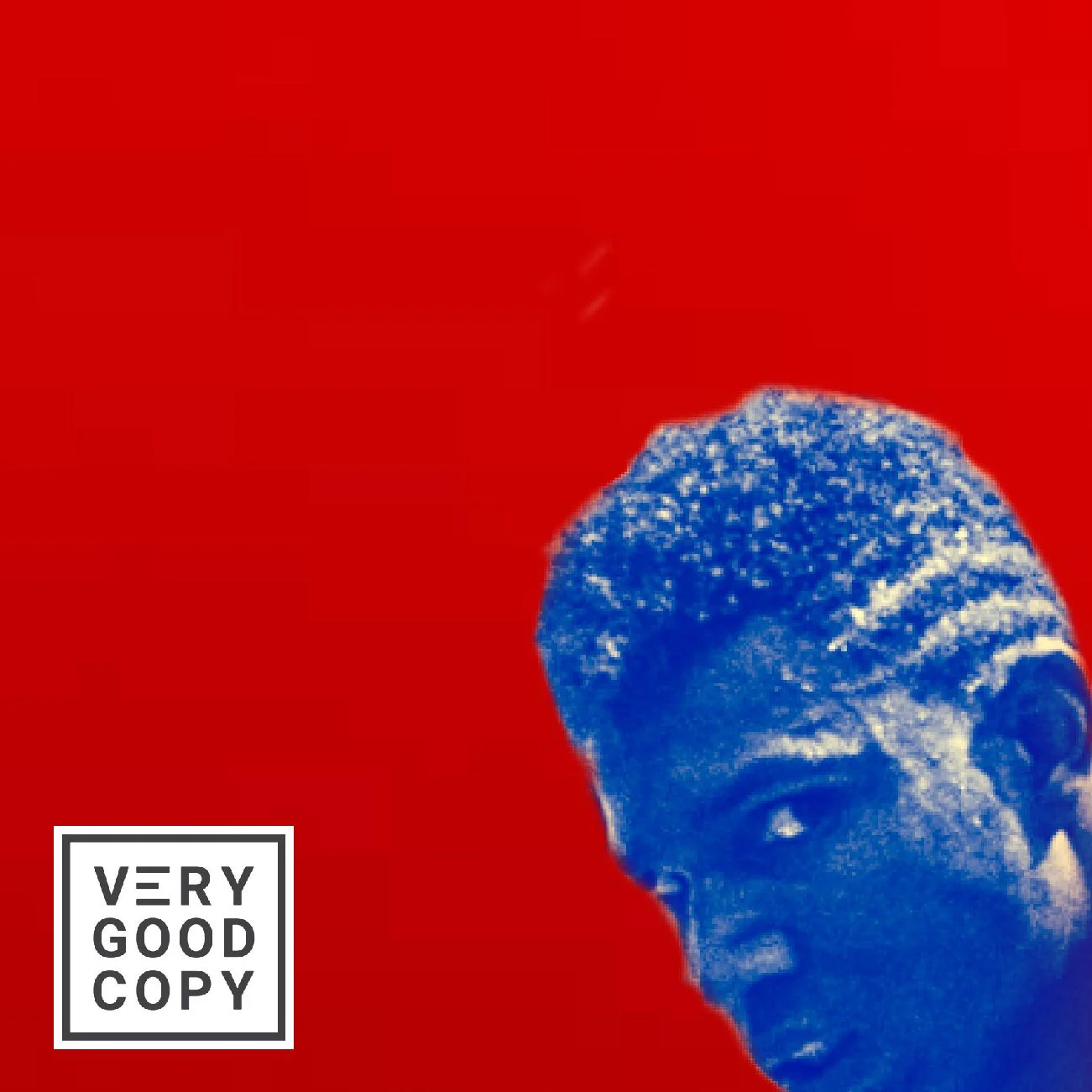
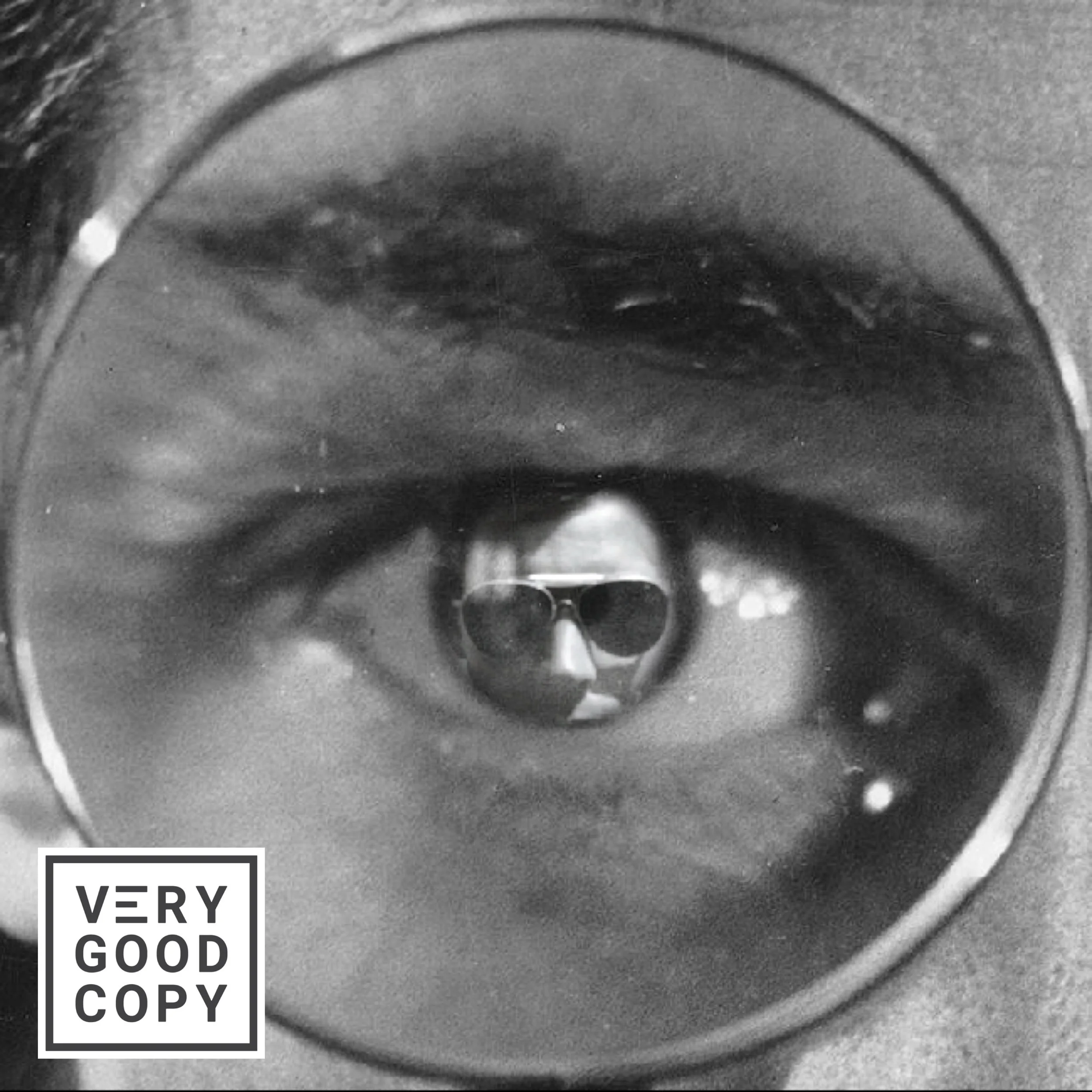












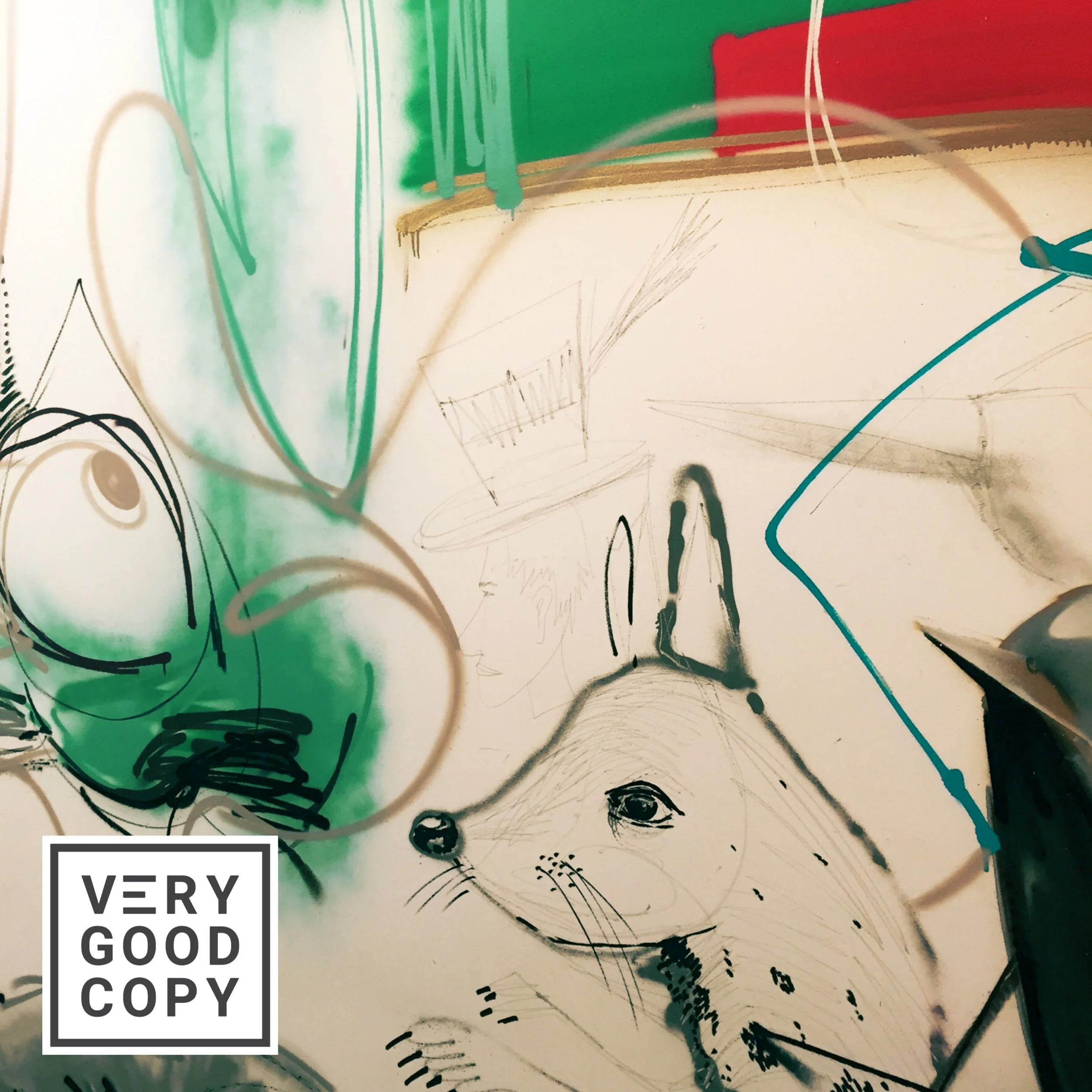











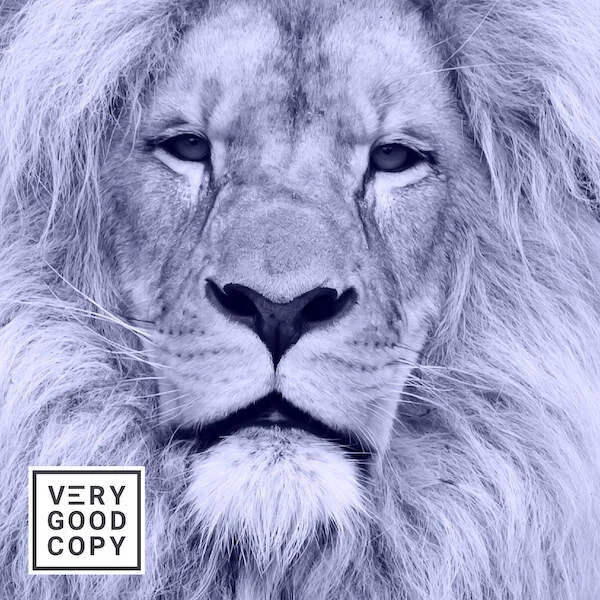
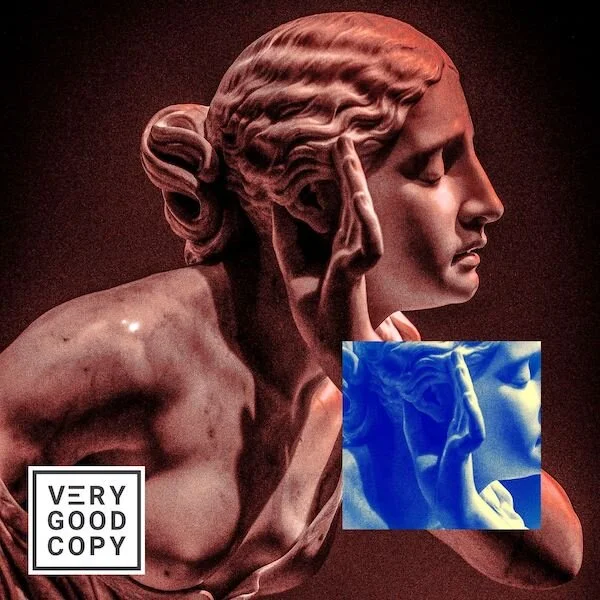

![How to write better dialogue [easy, instant, Hemingway-inspired hack]](https://images.squarespace-cdn.com/content/v1/5615edeae4b0b9df5c3d6e90/1600810690603-XZIT3F465CS25186CILF/Better+dialogue+COMP.JPG)
